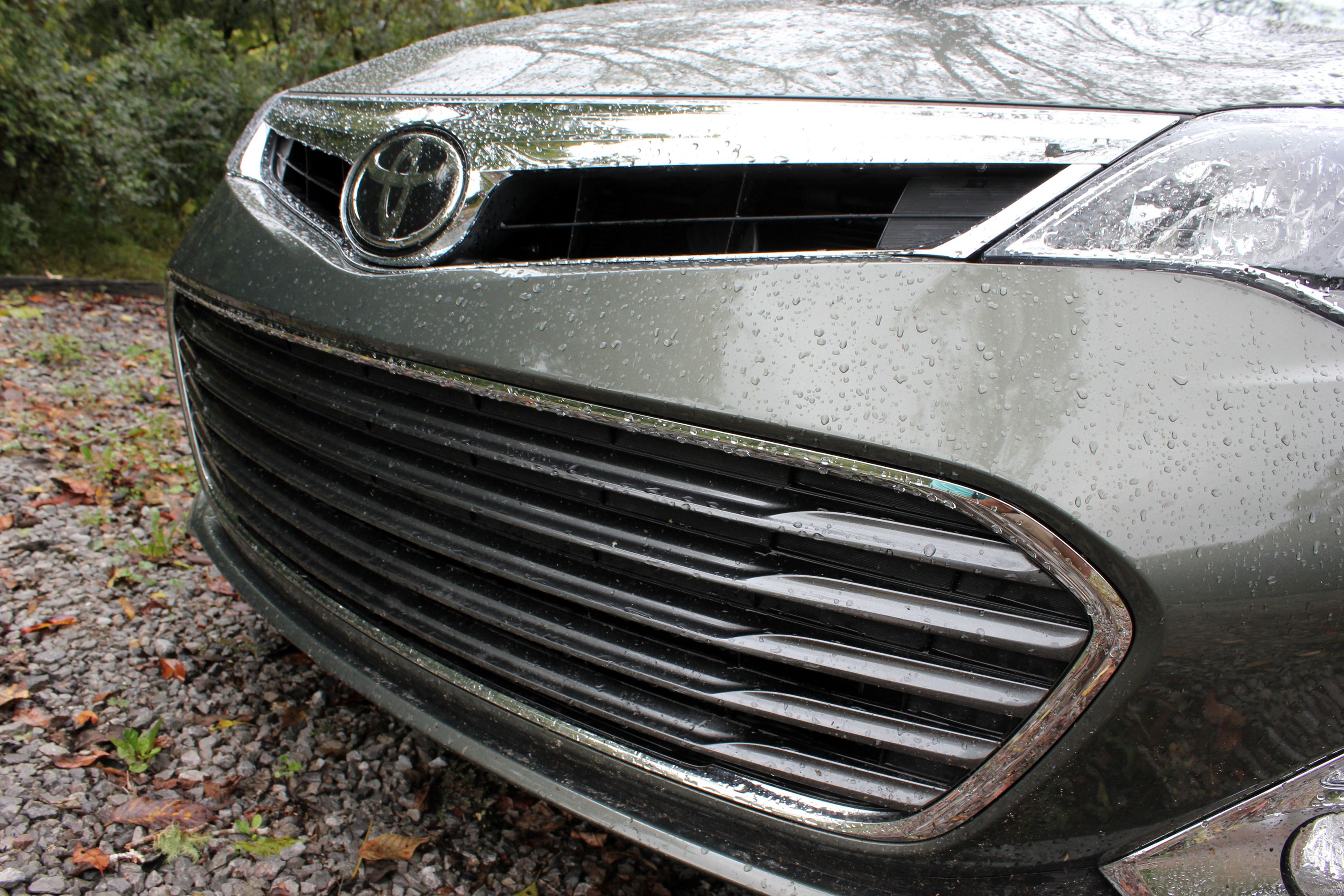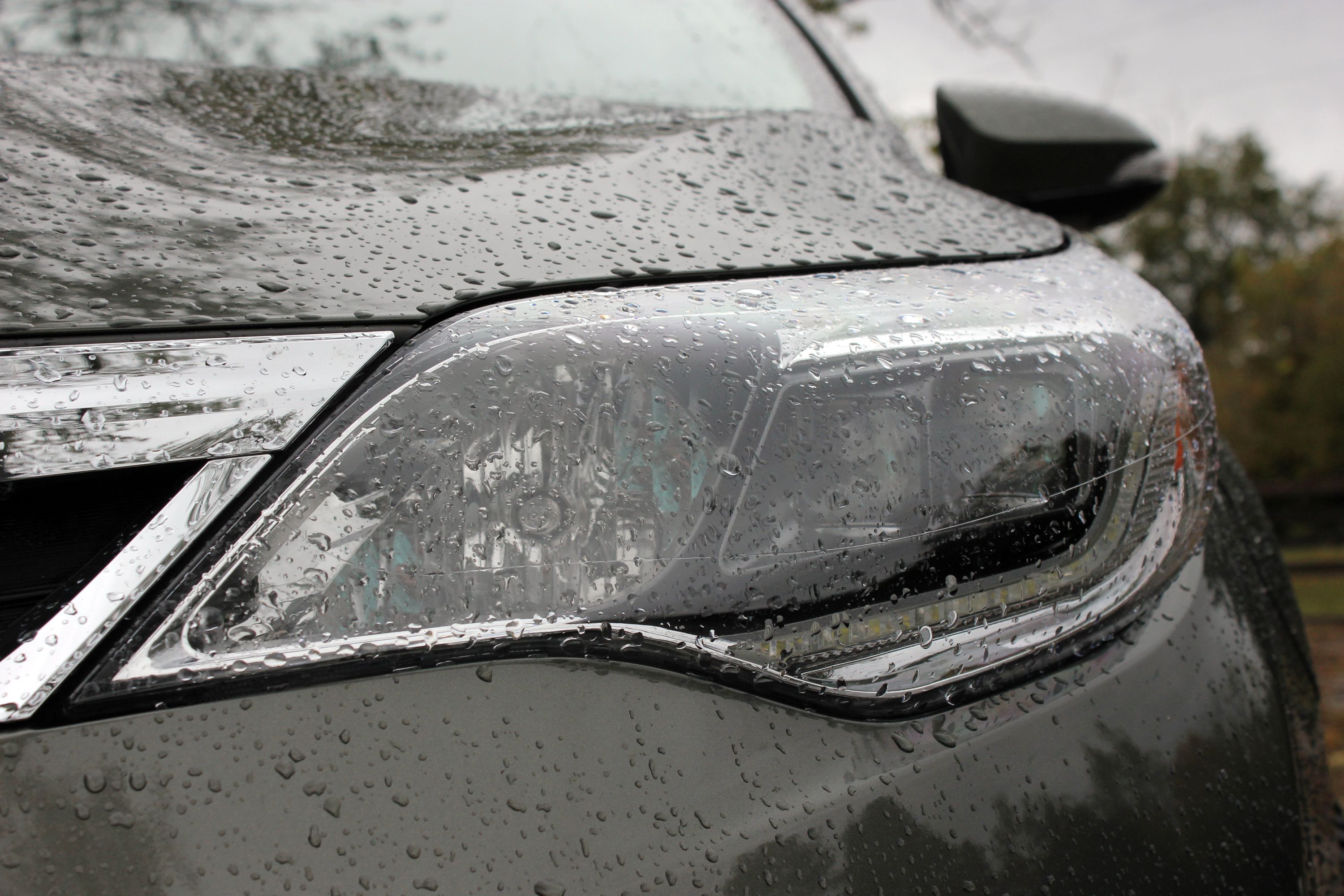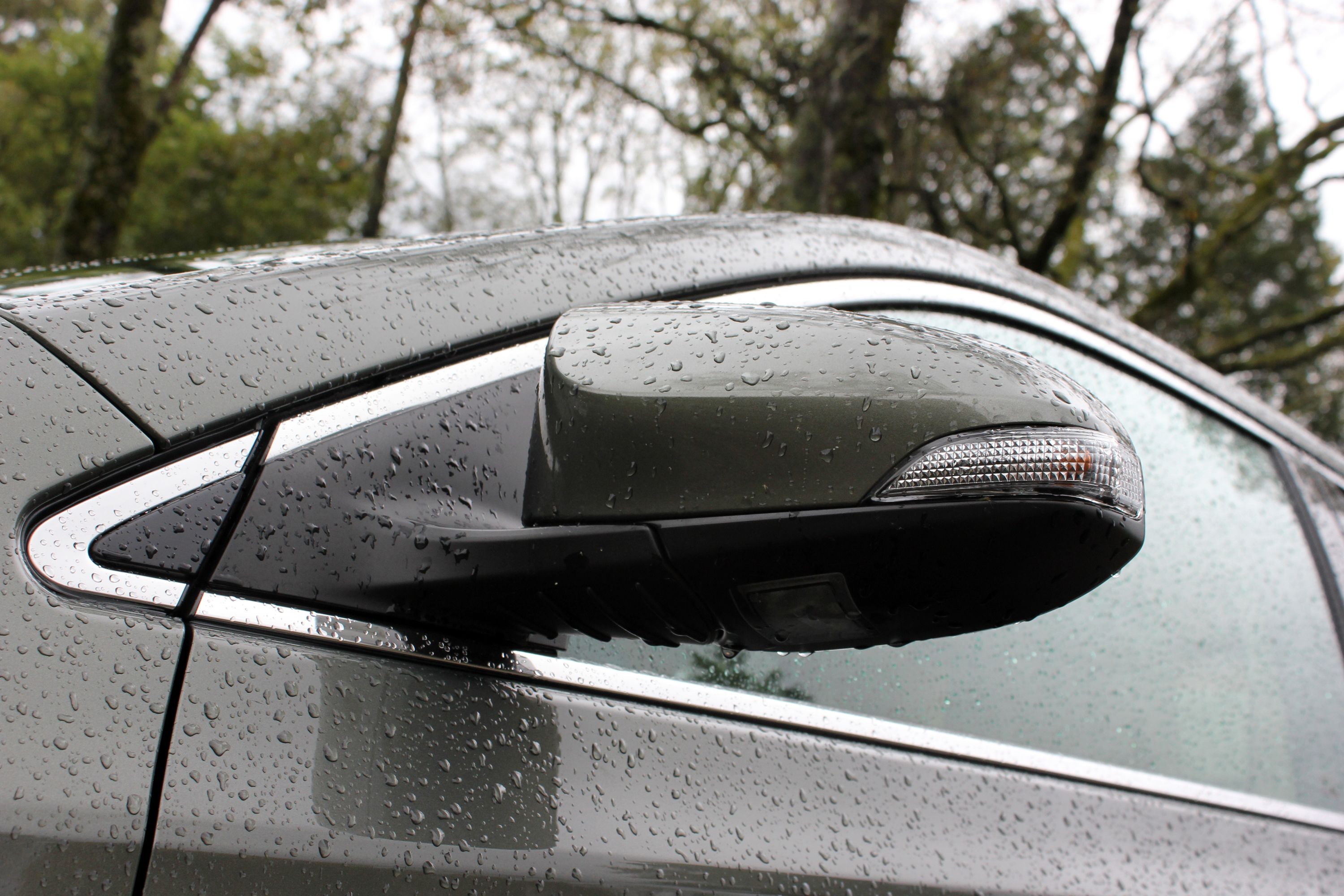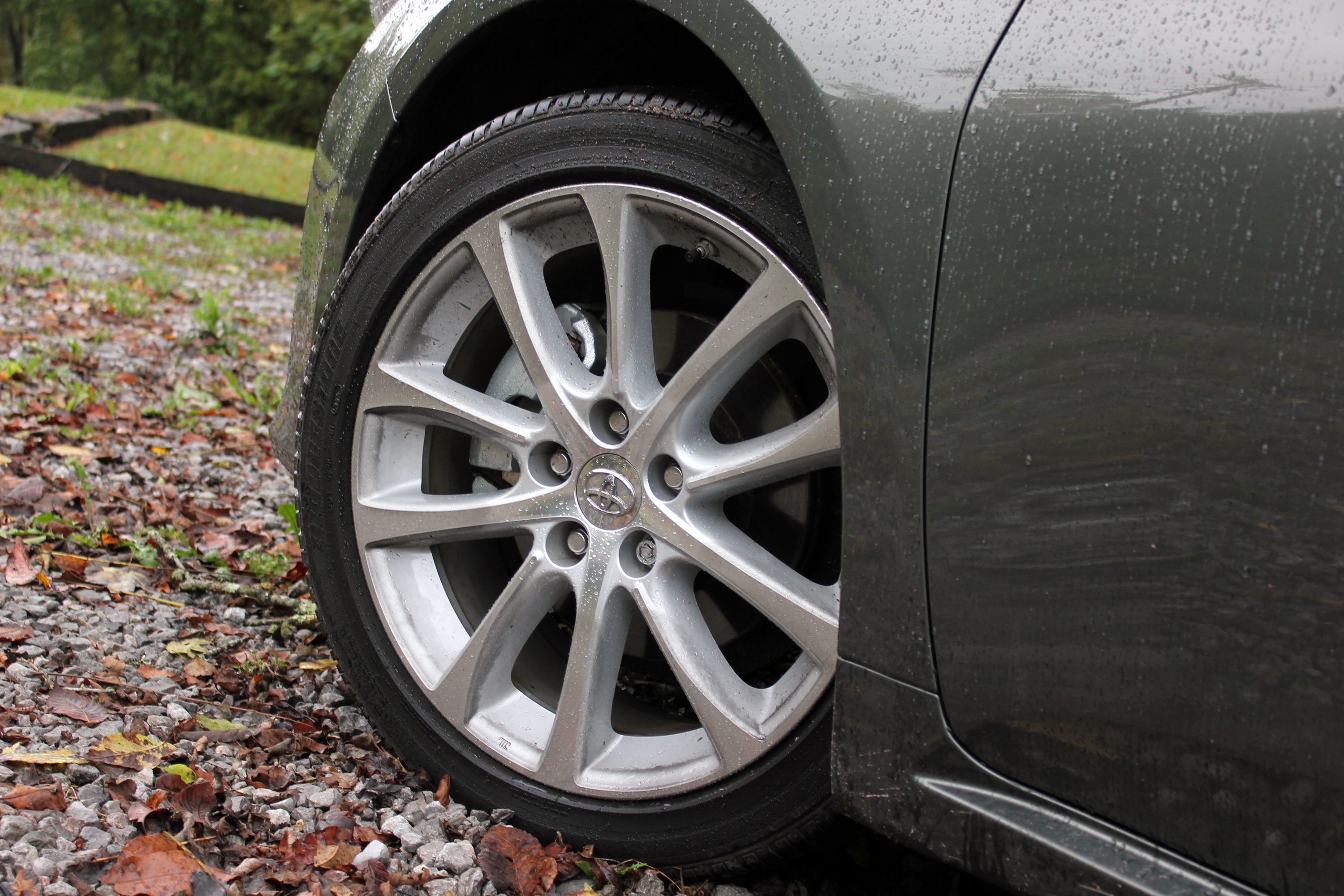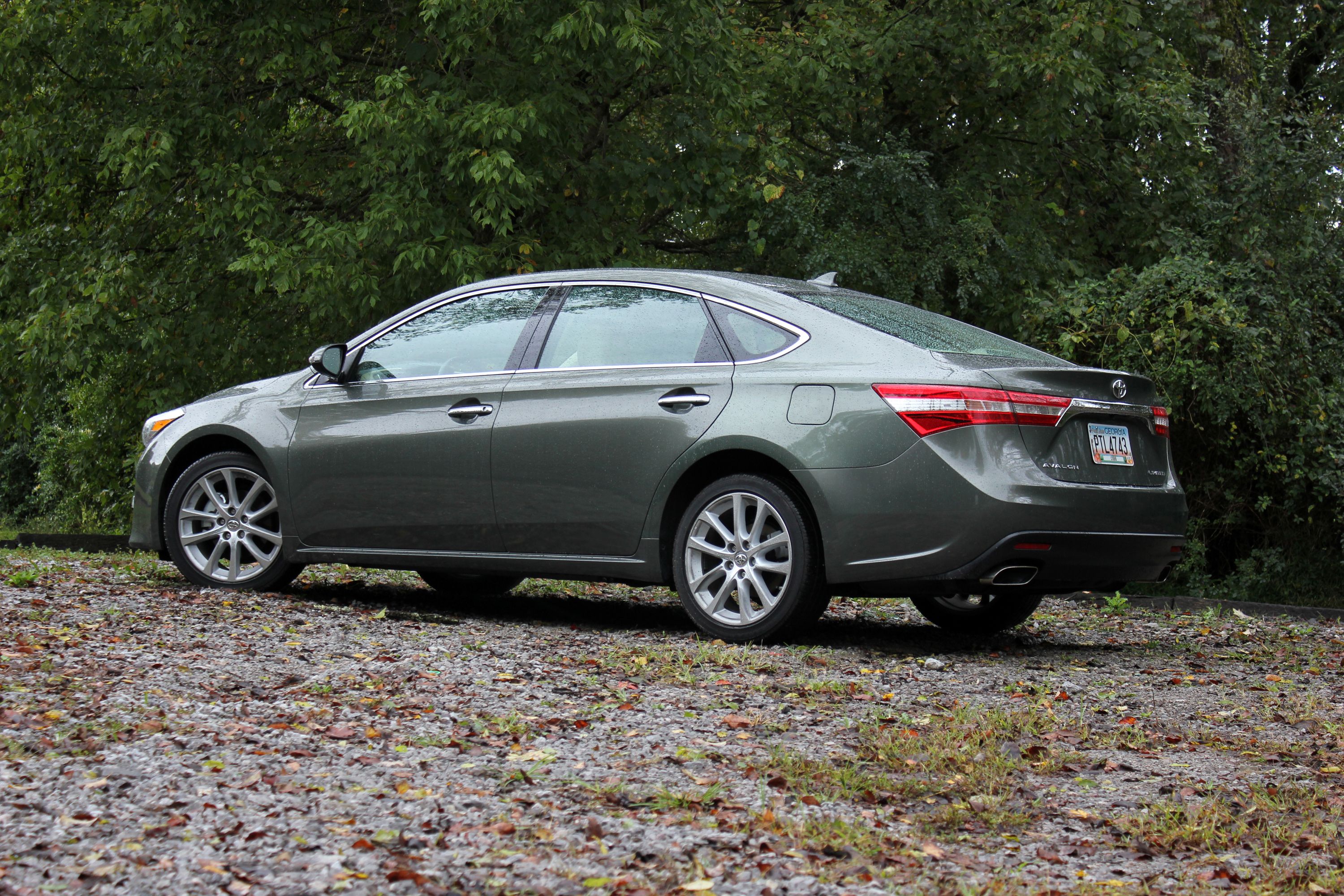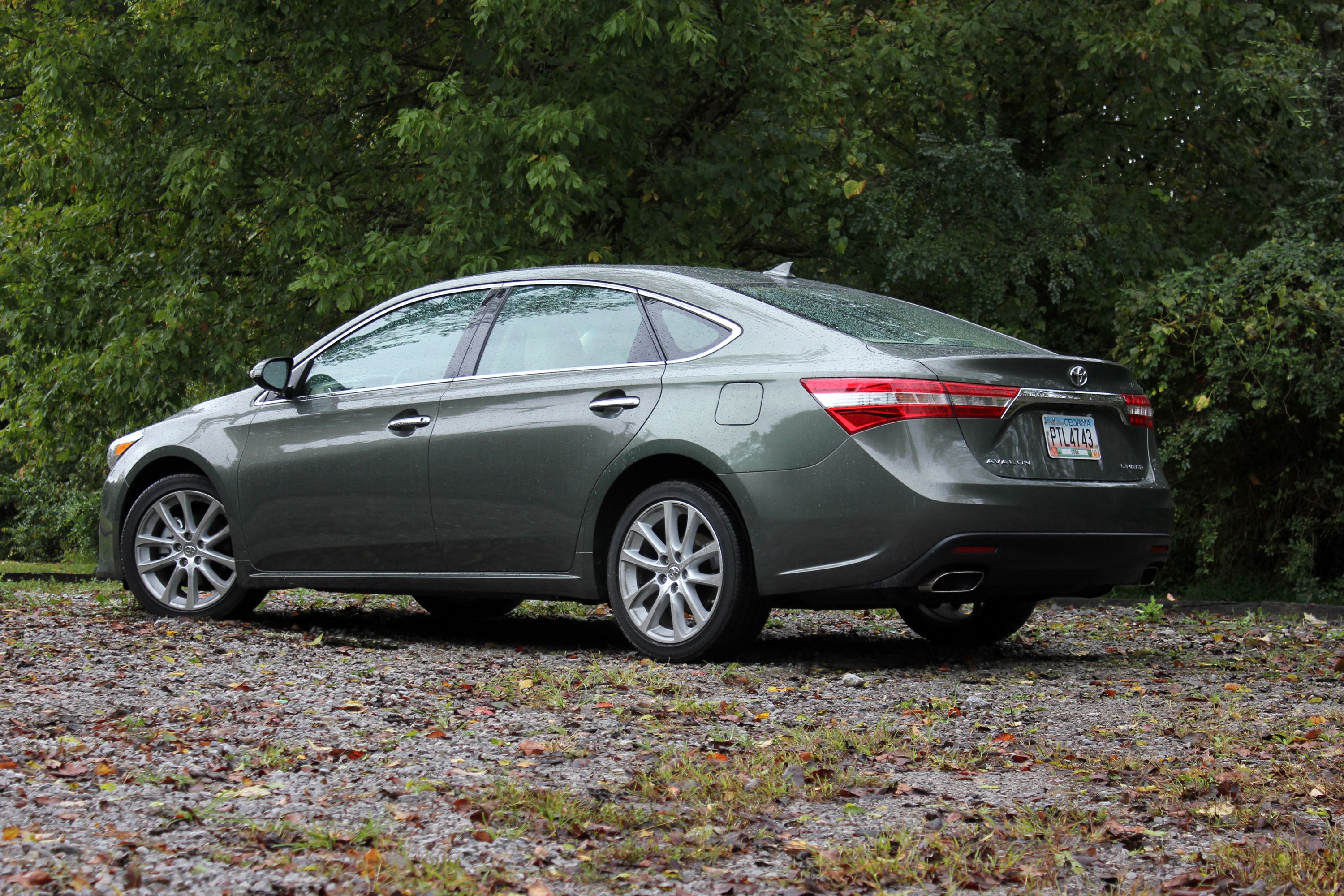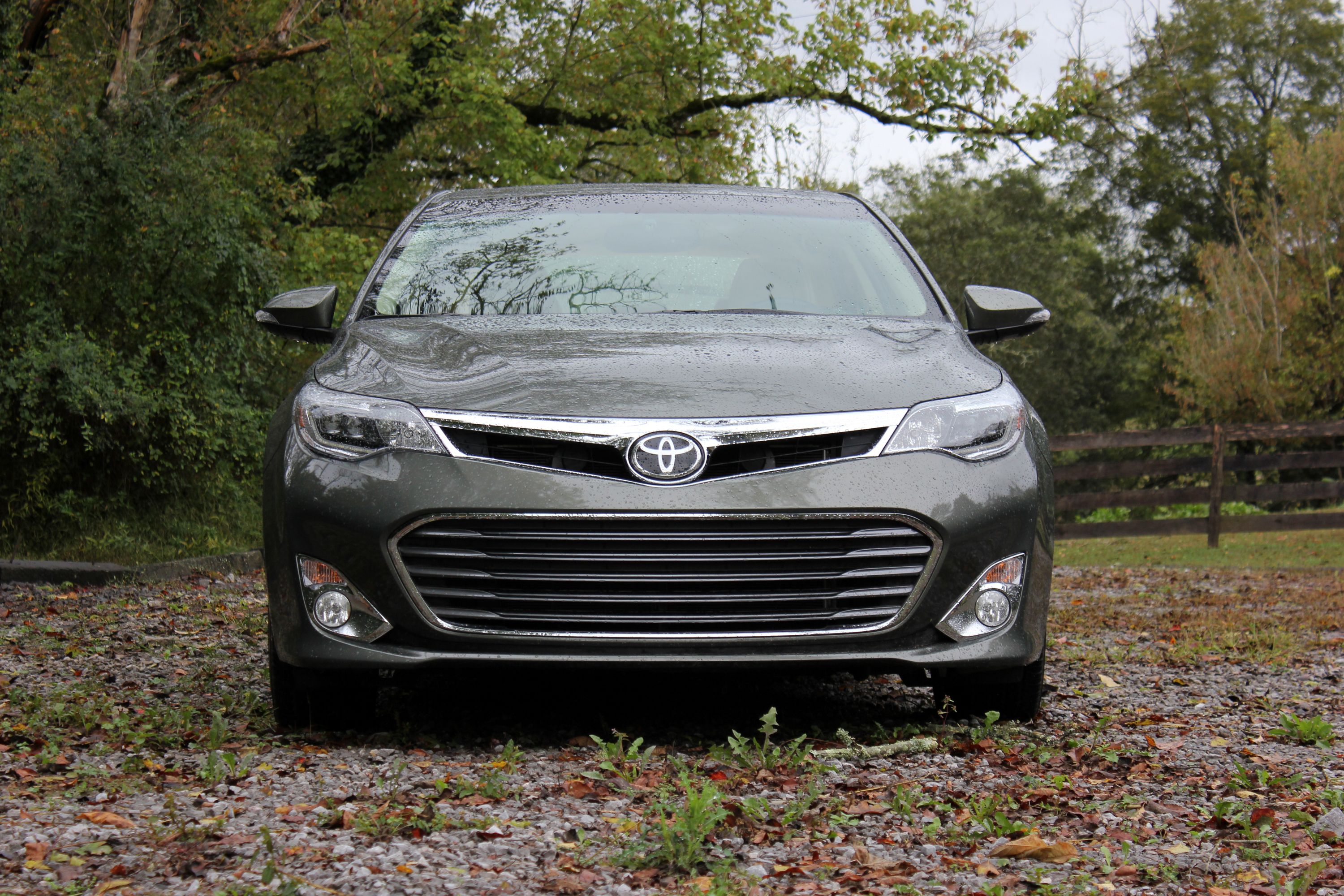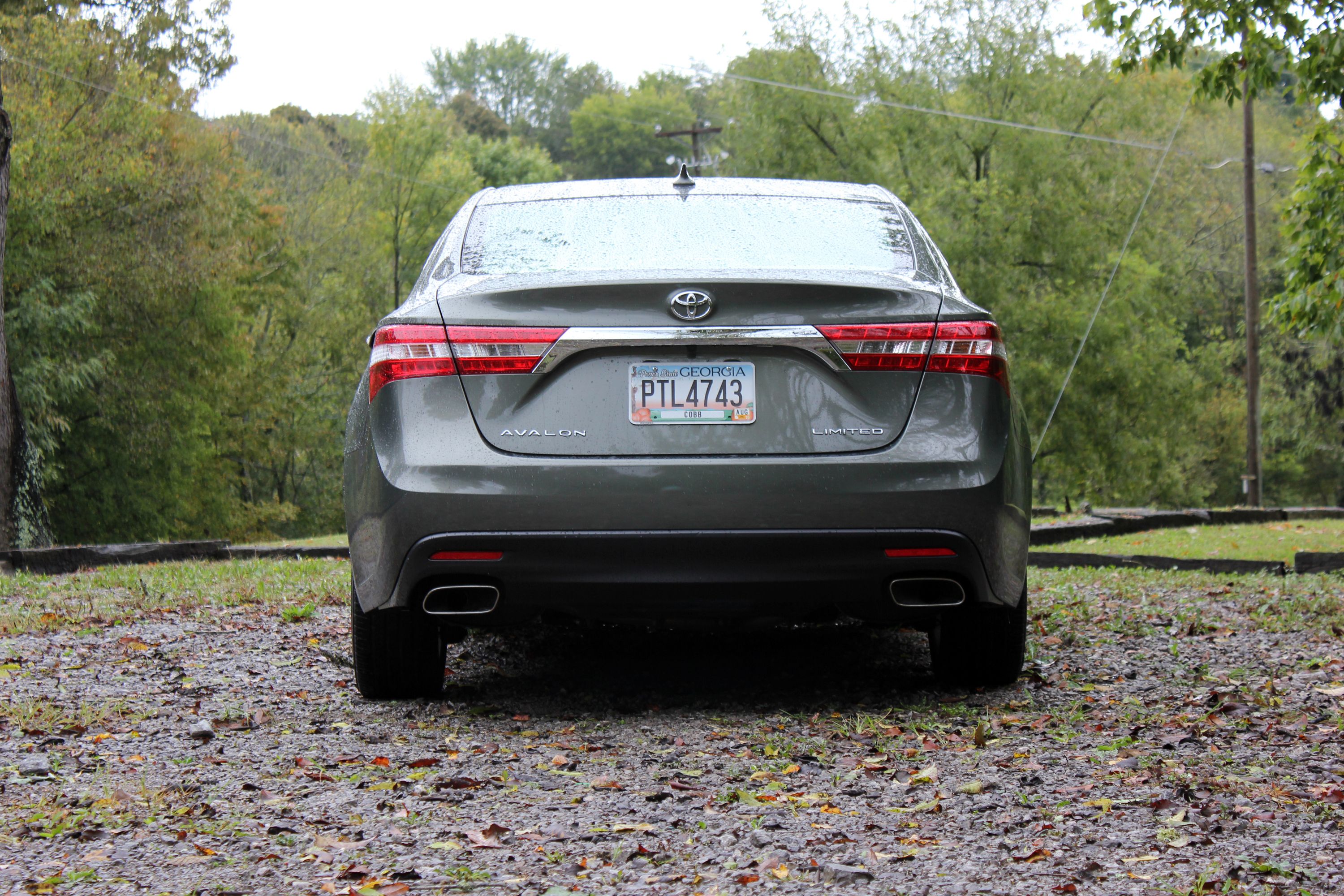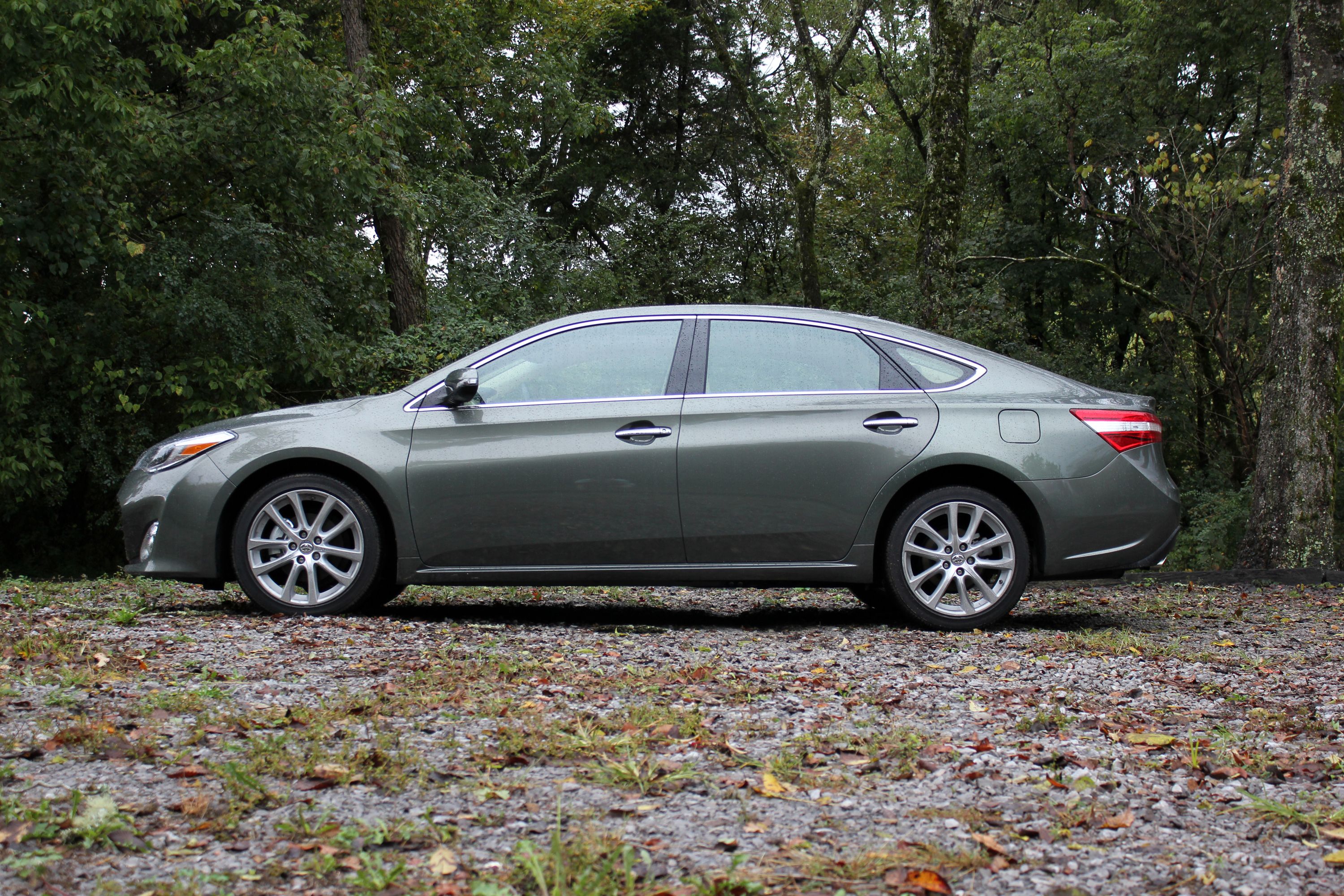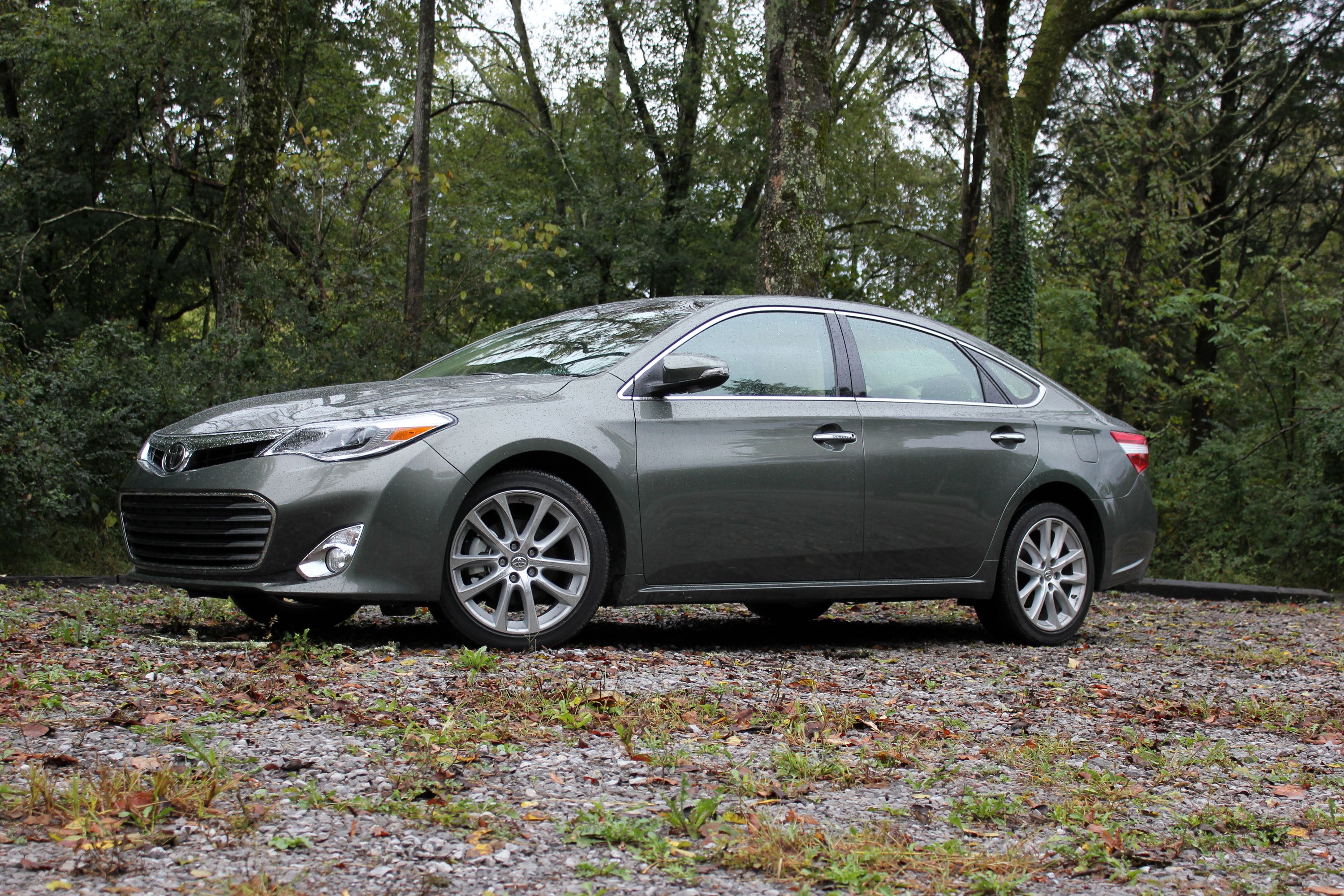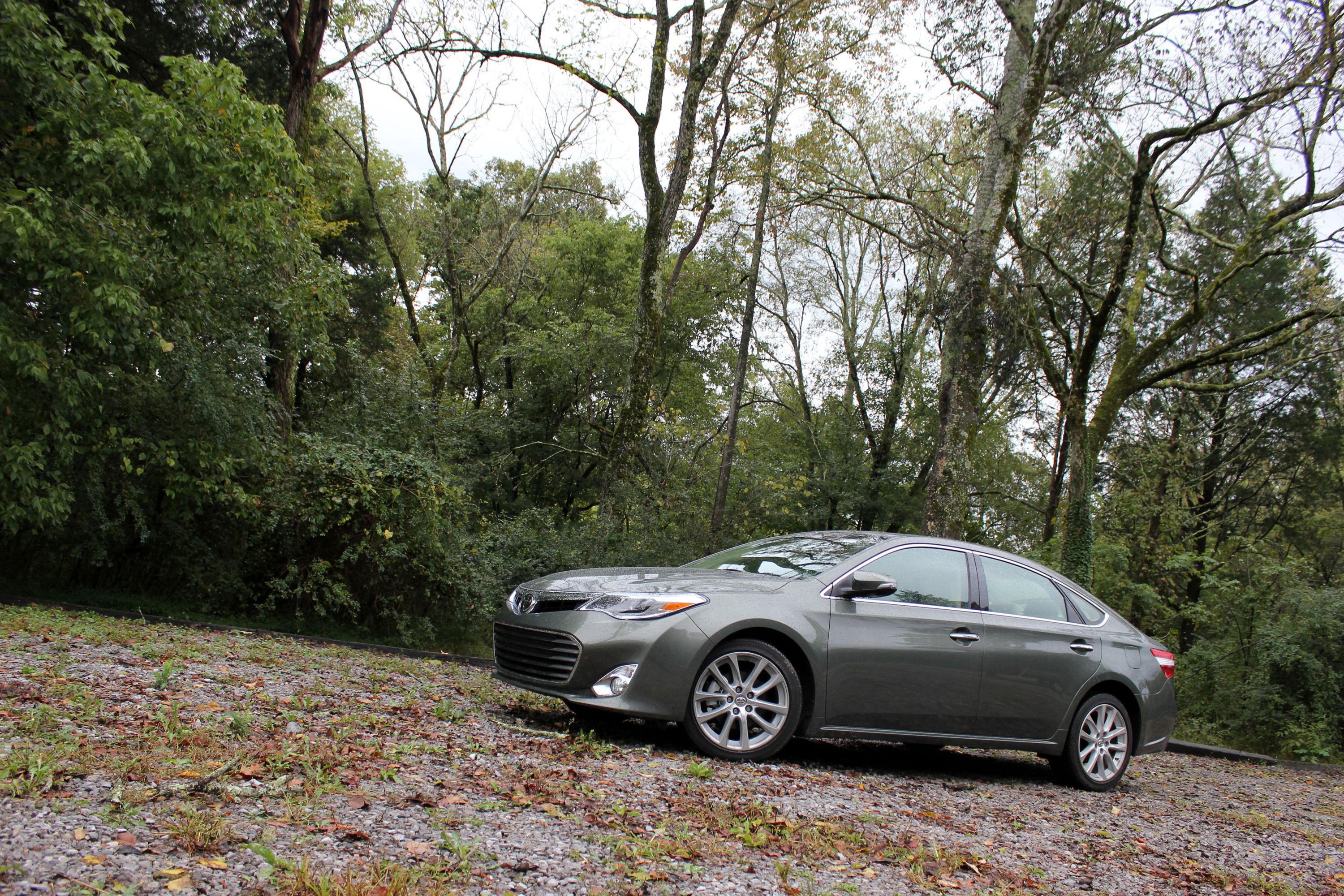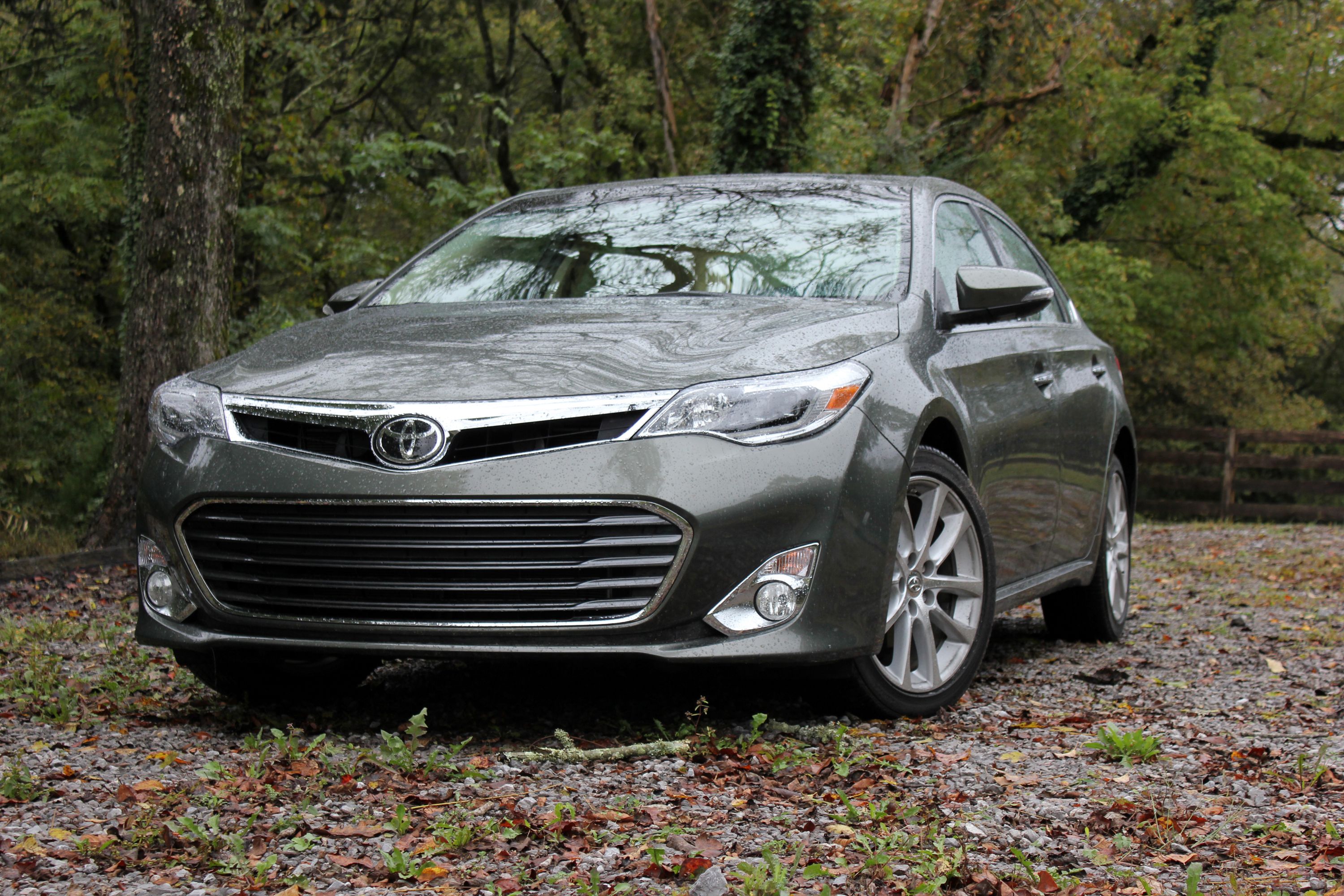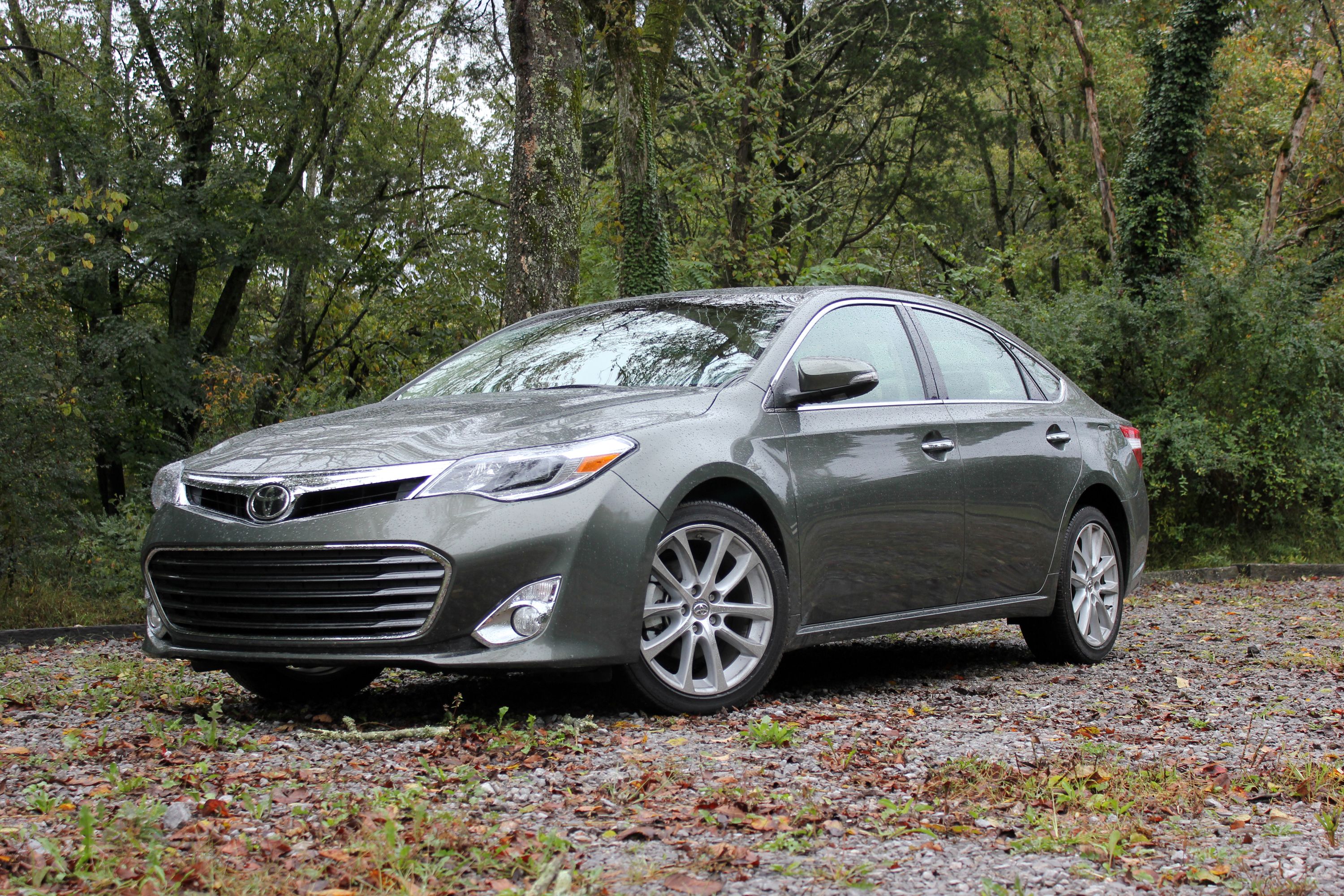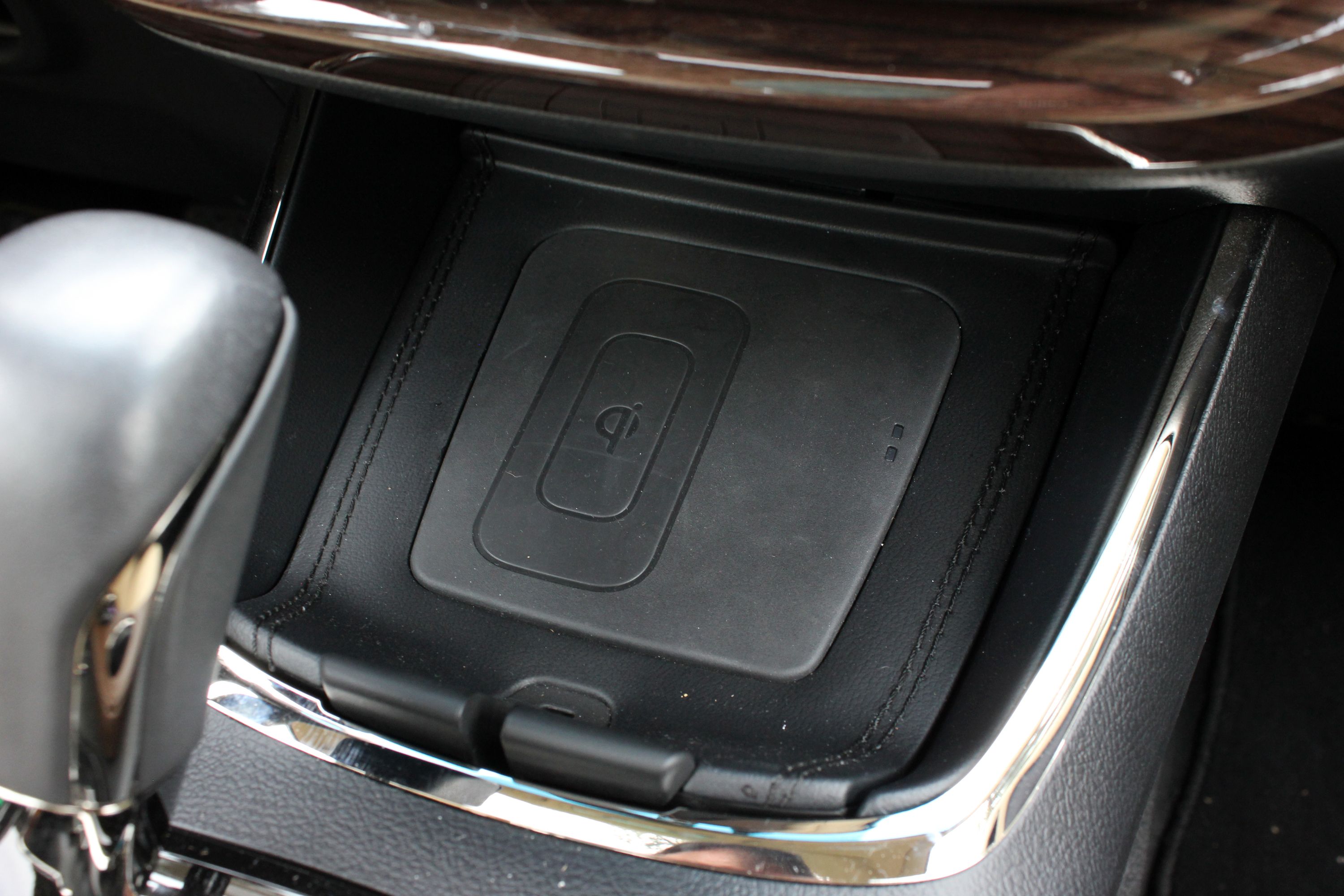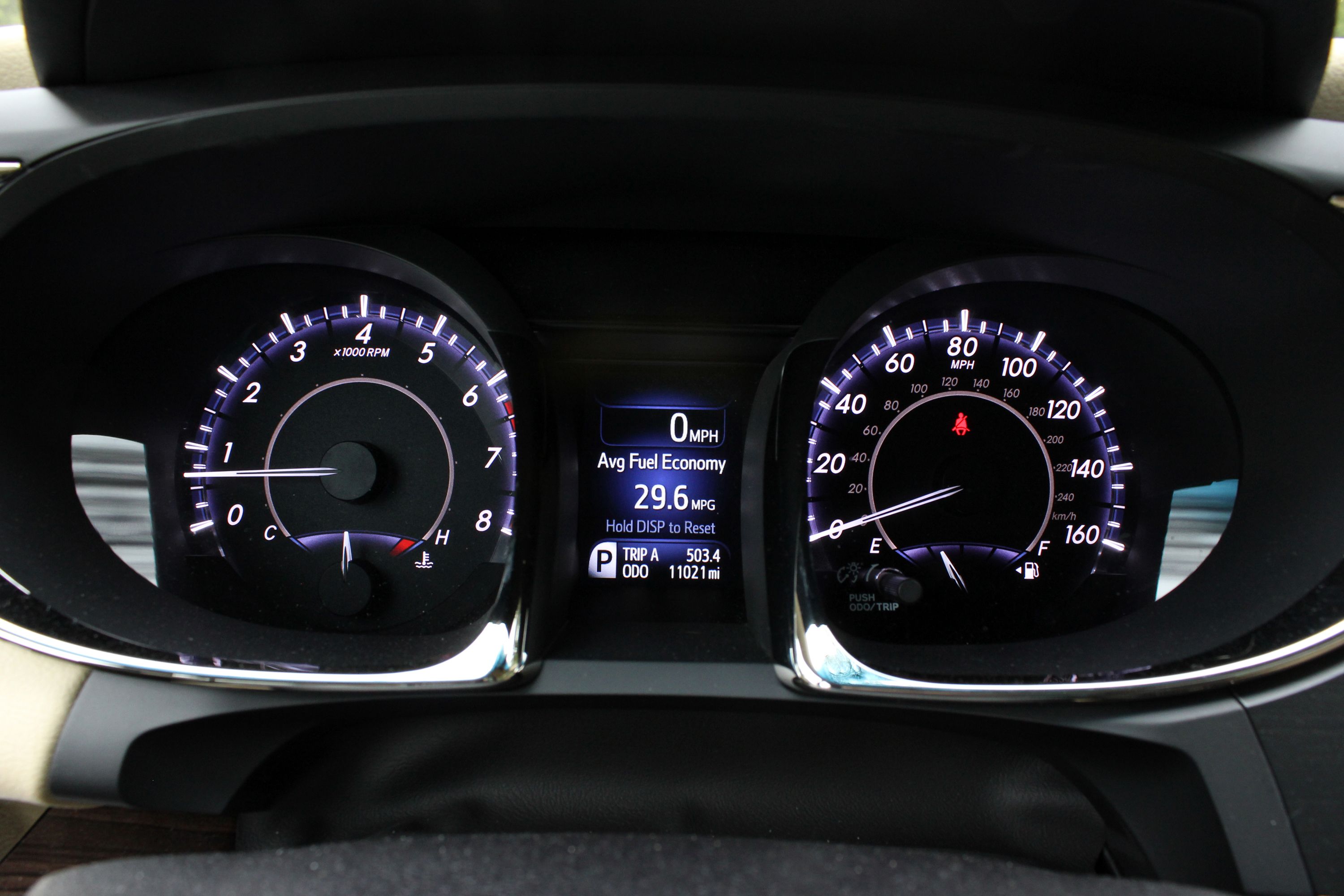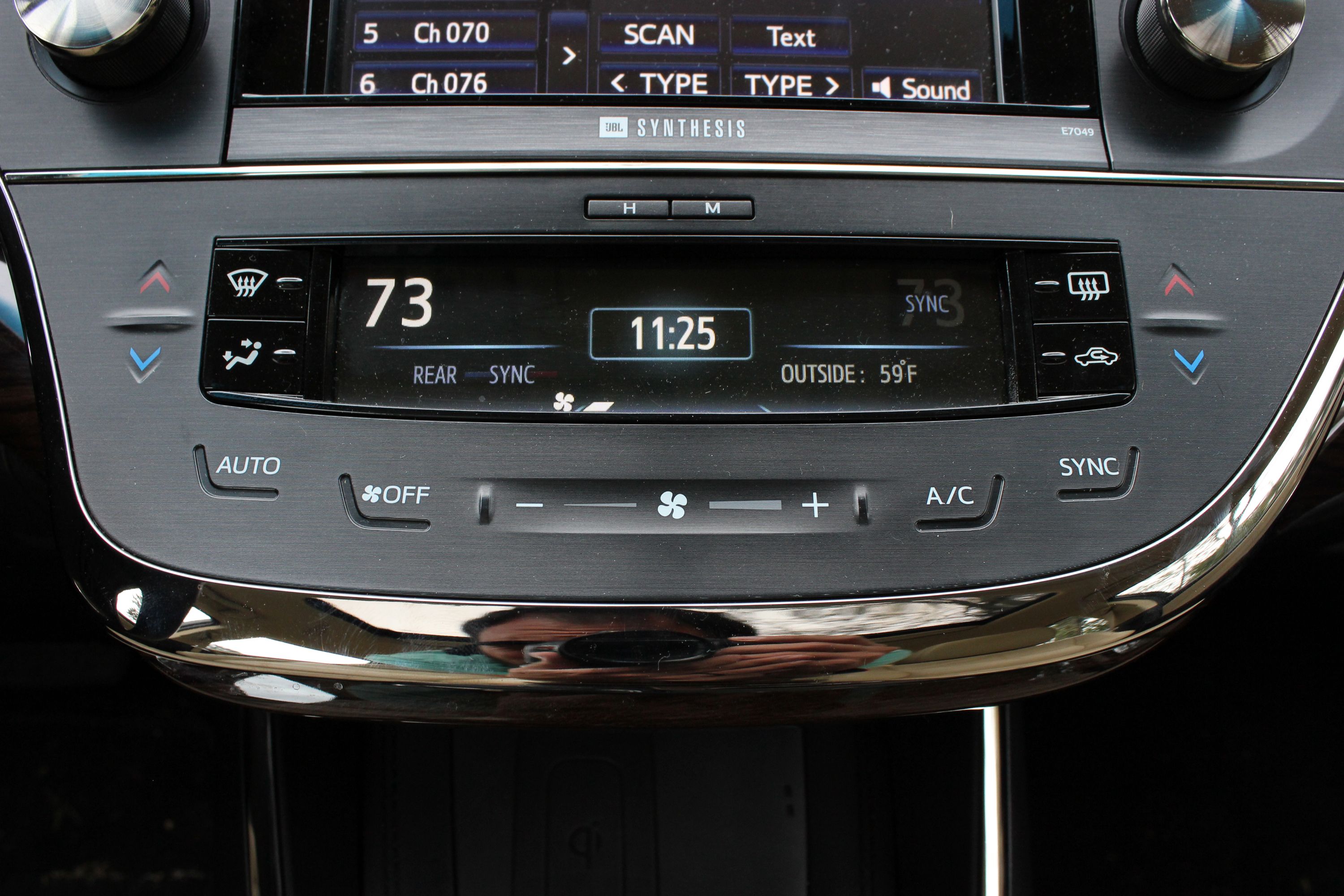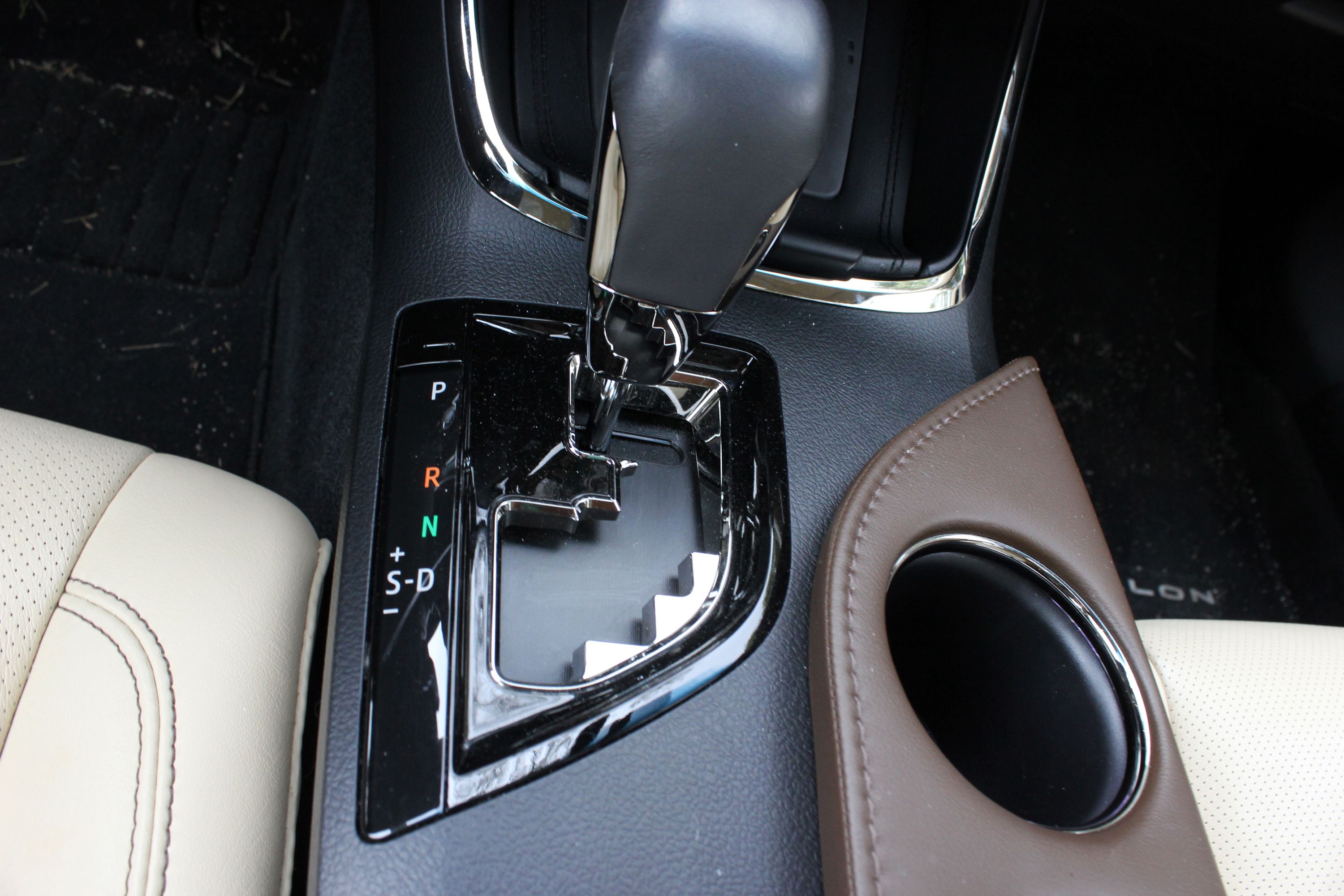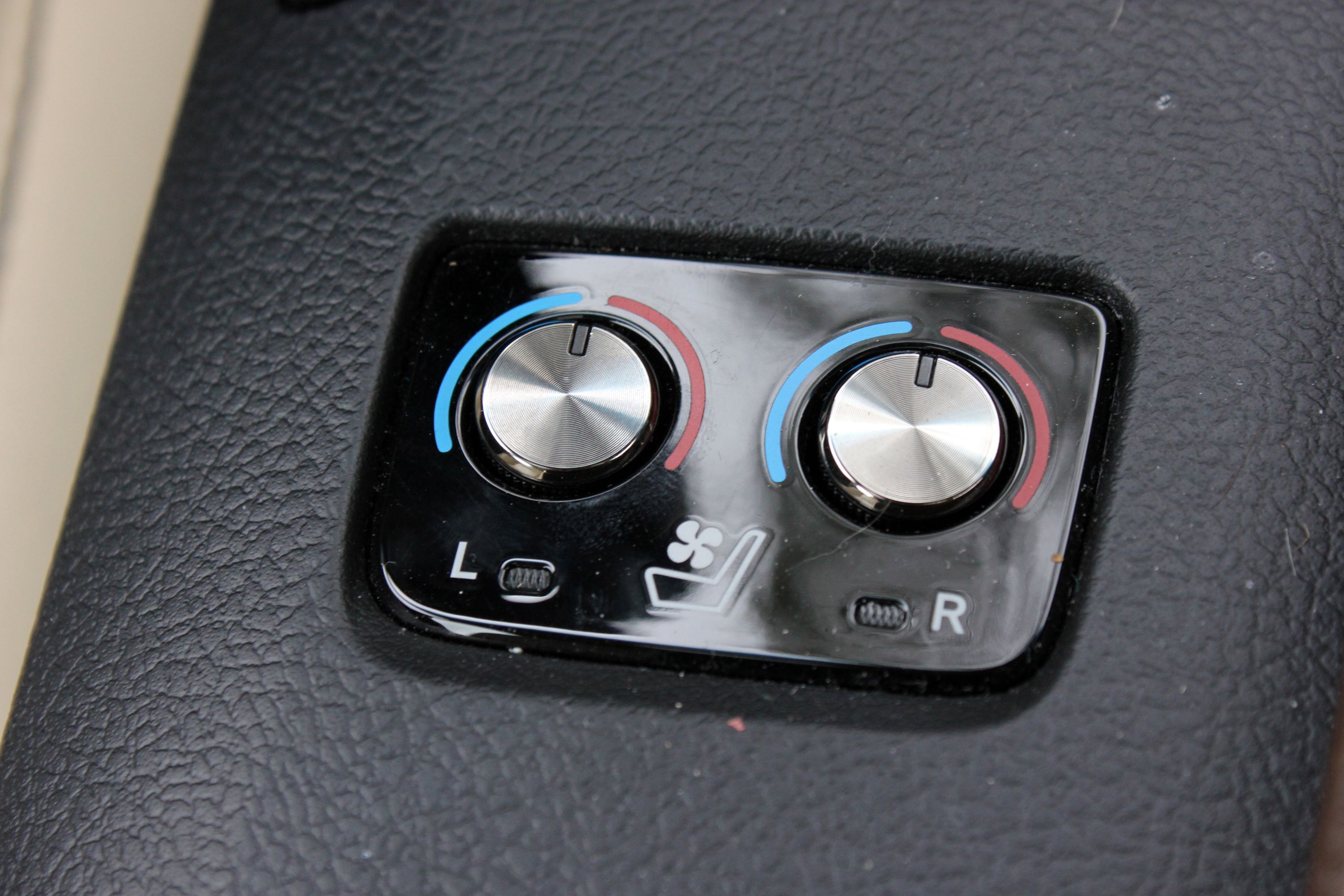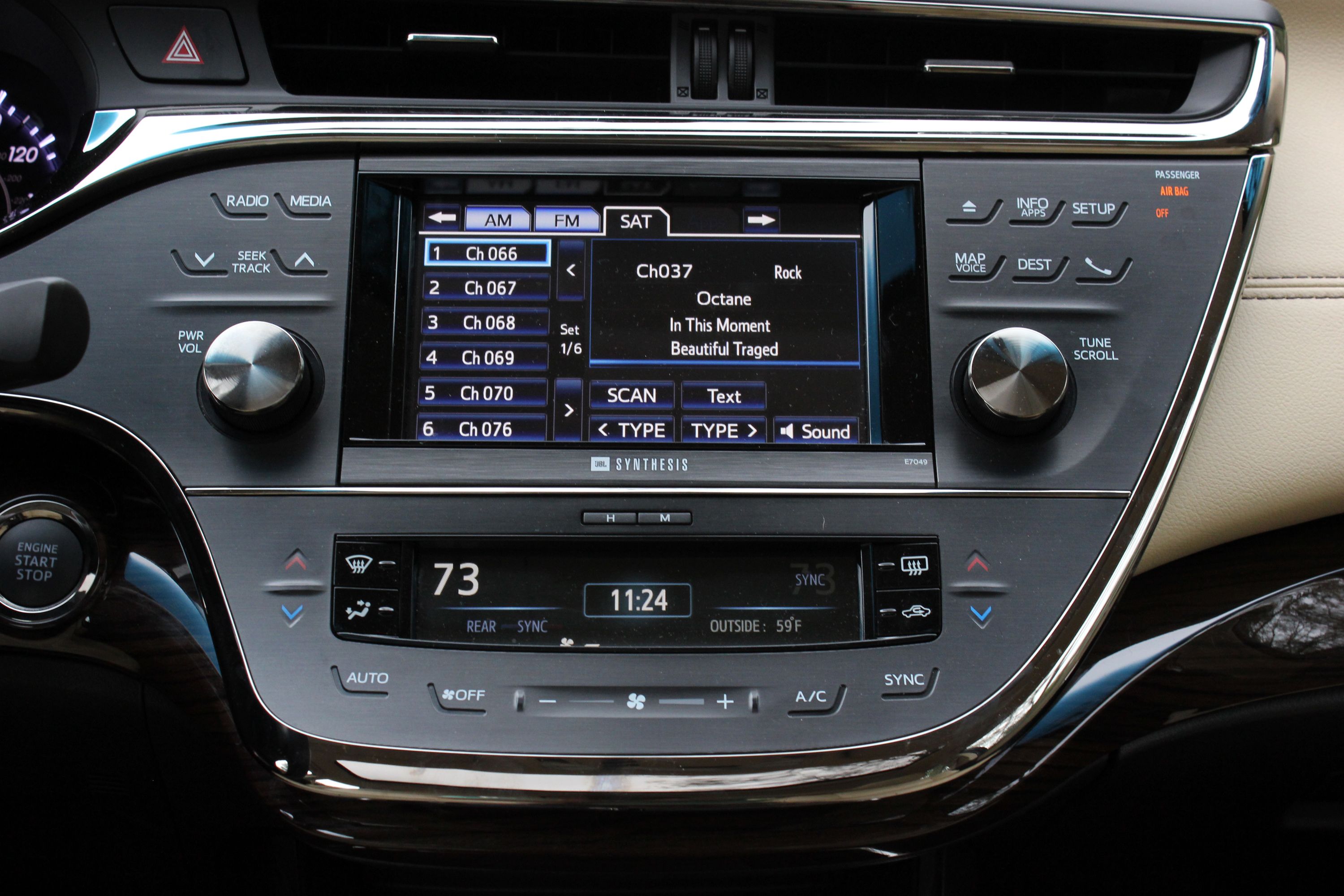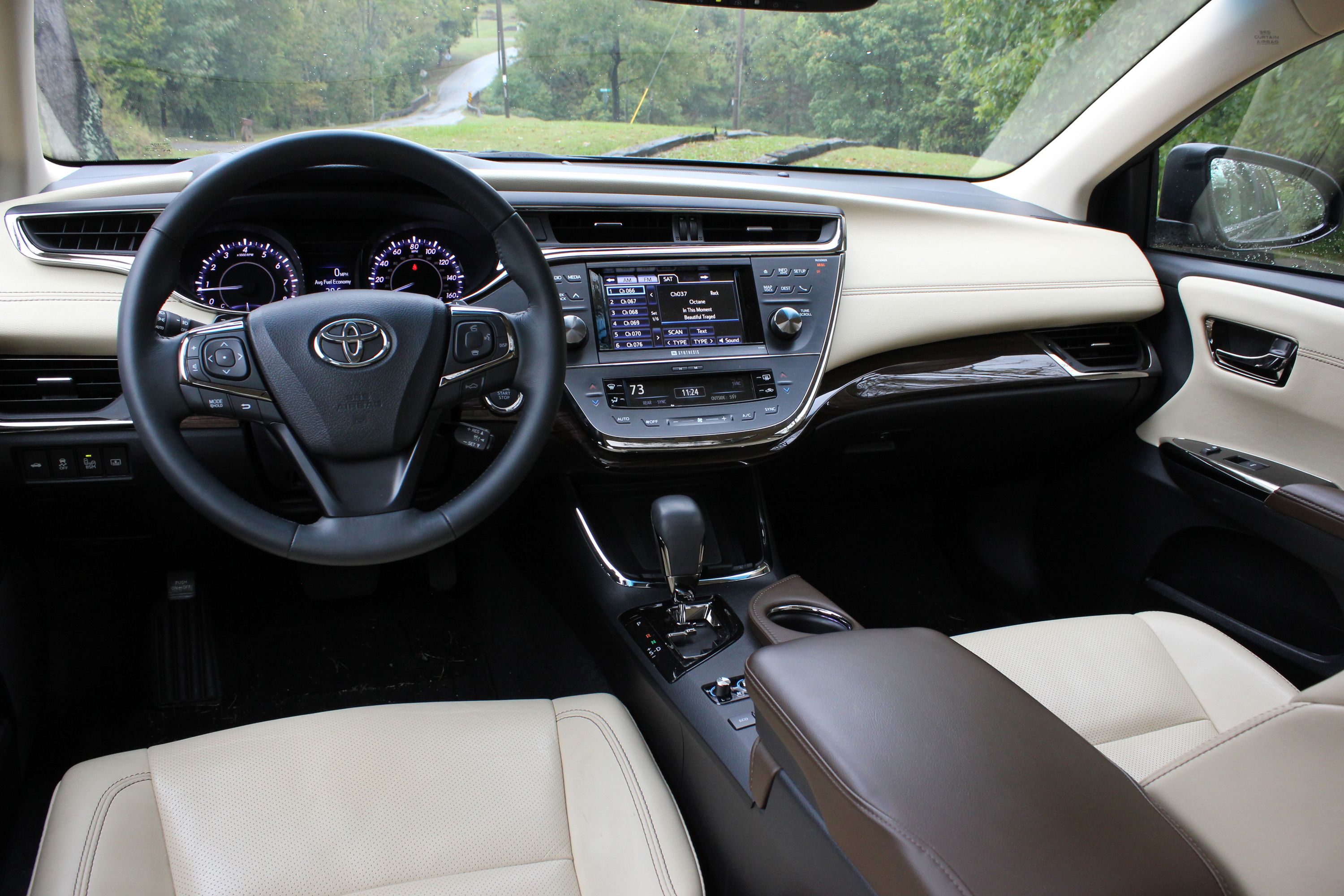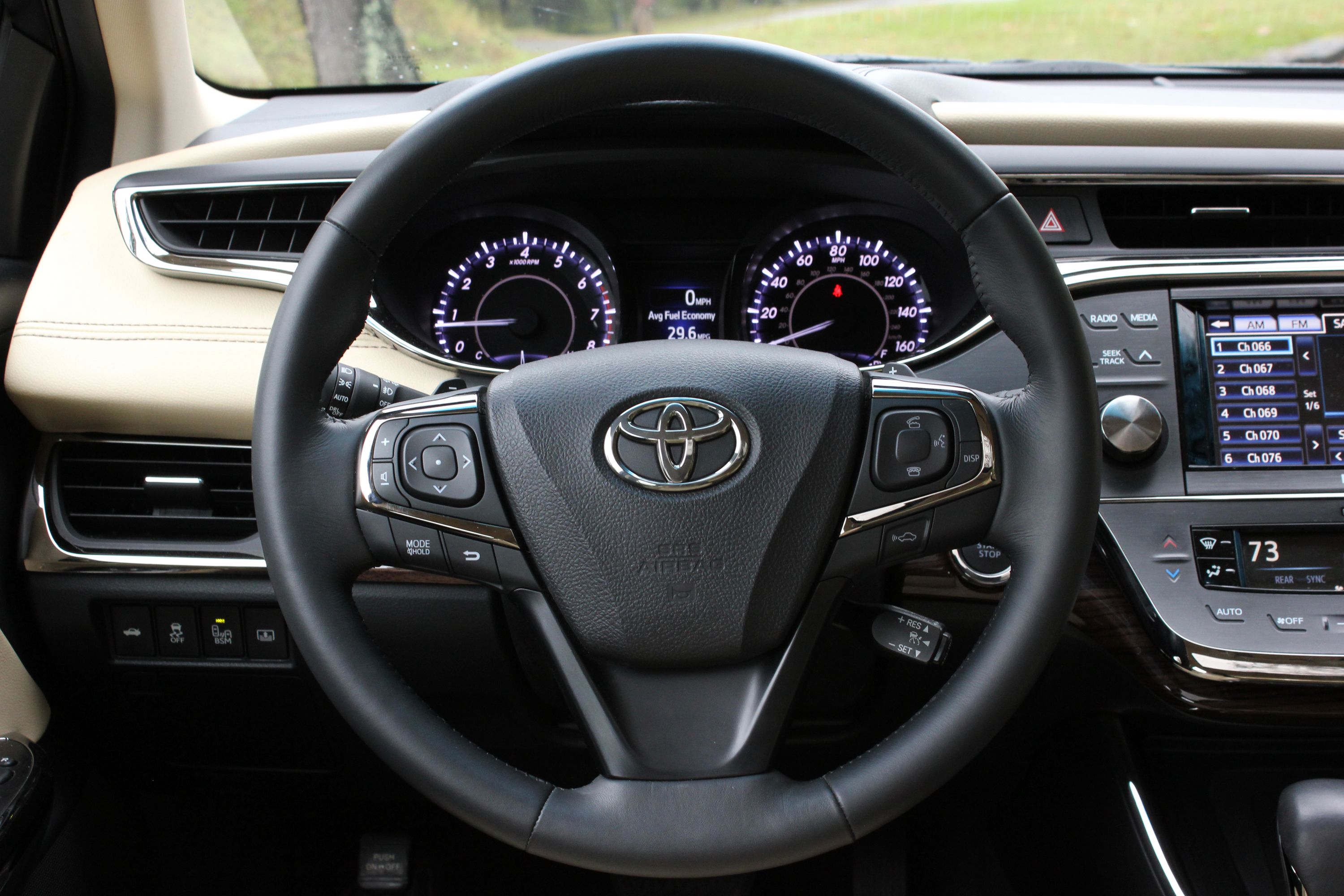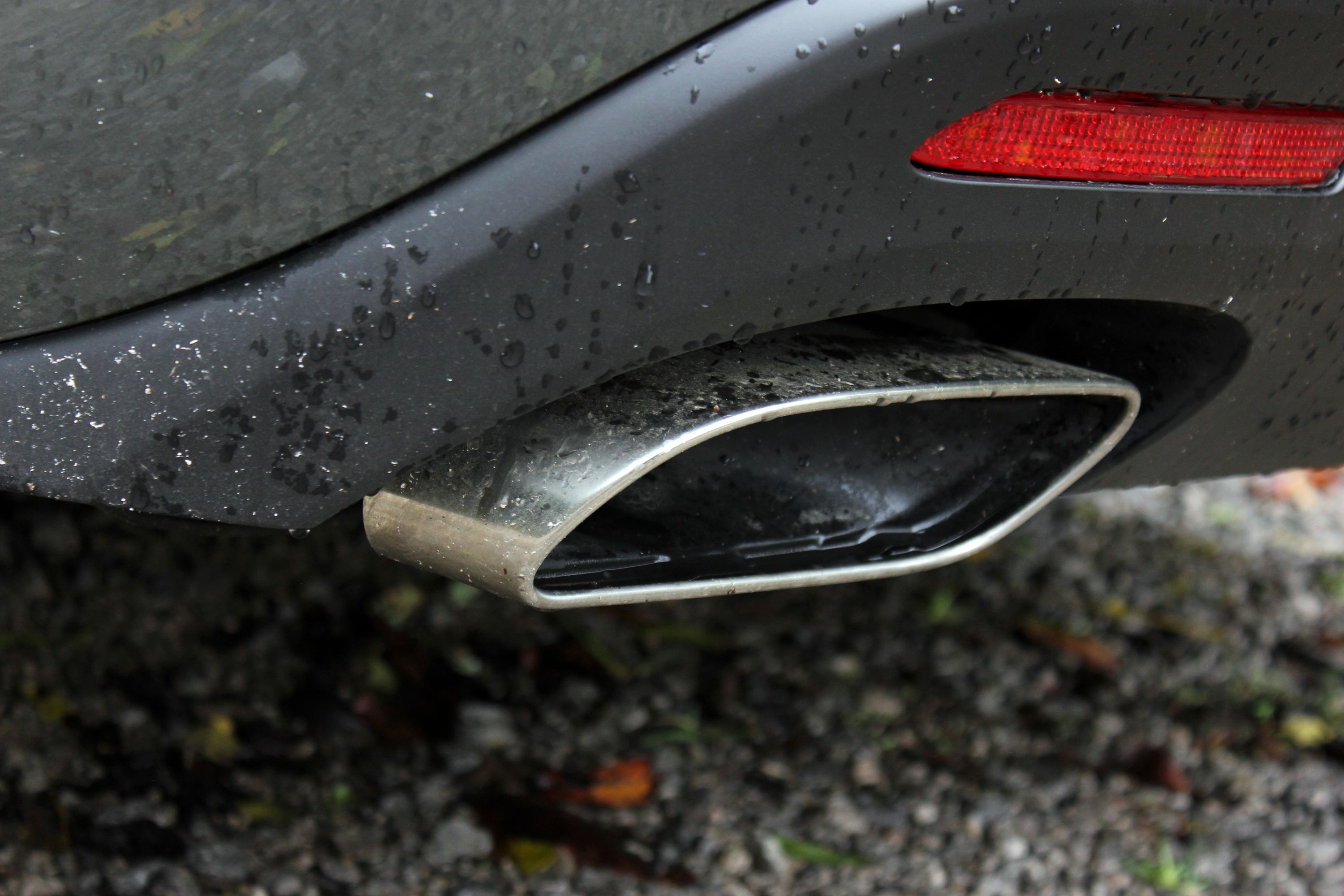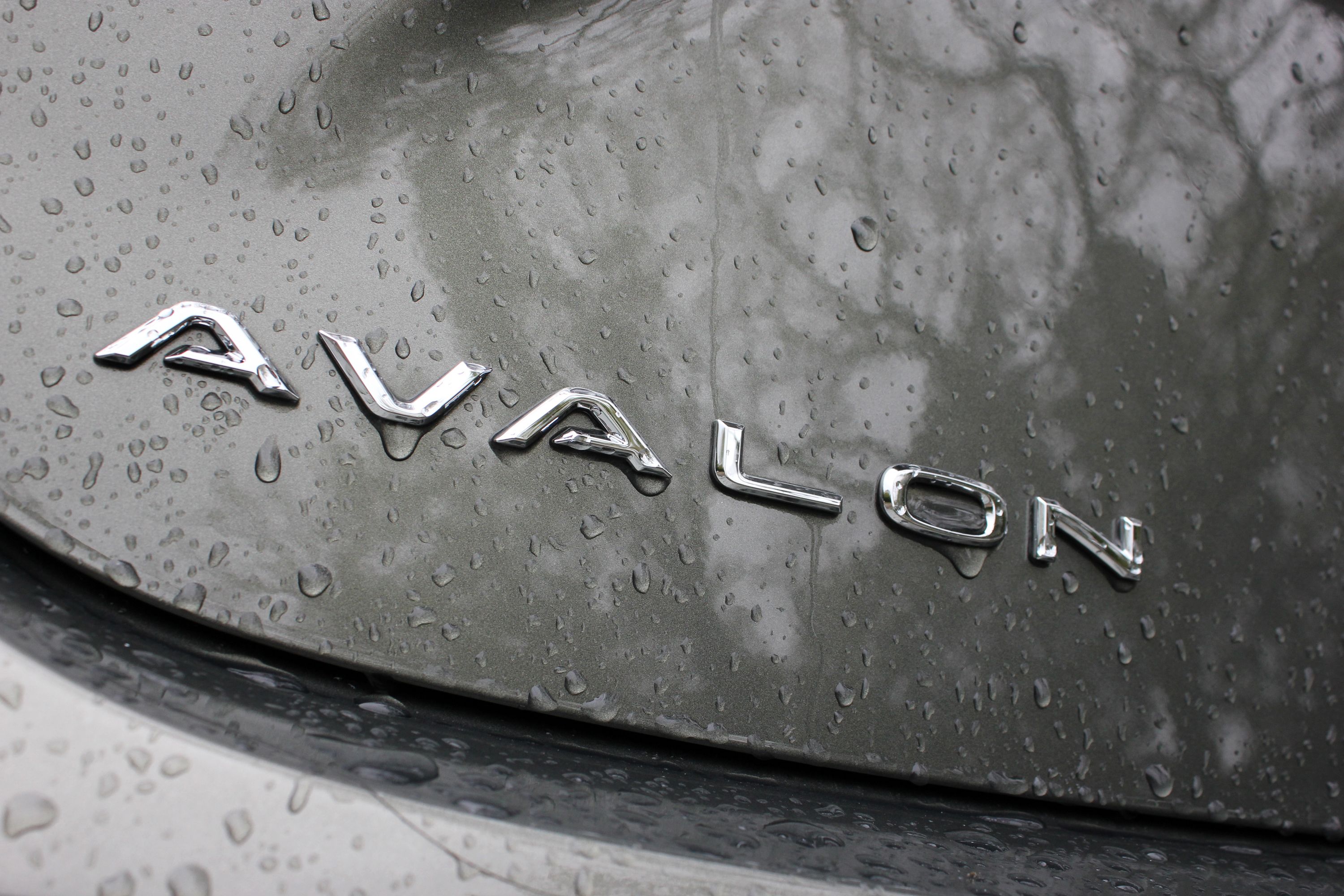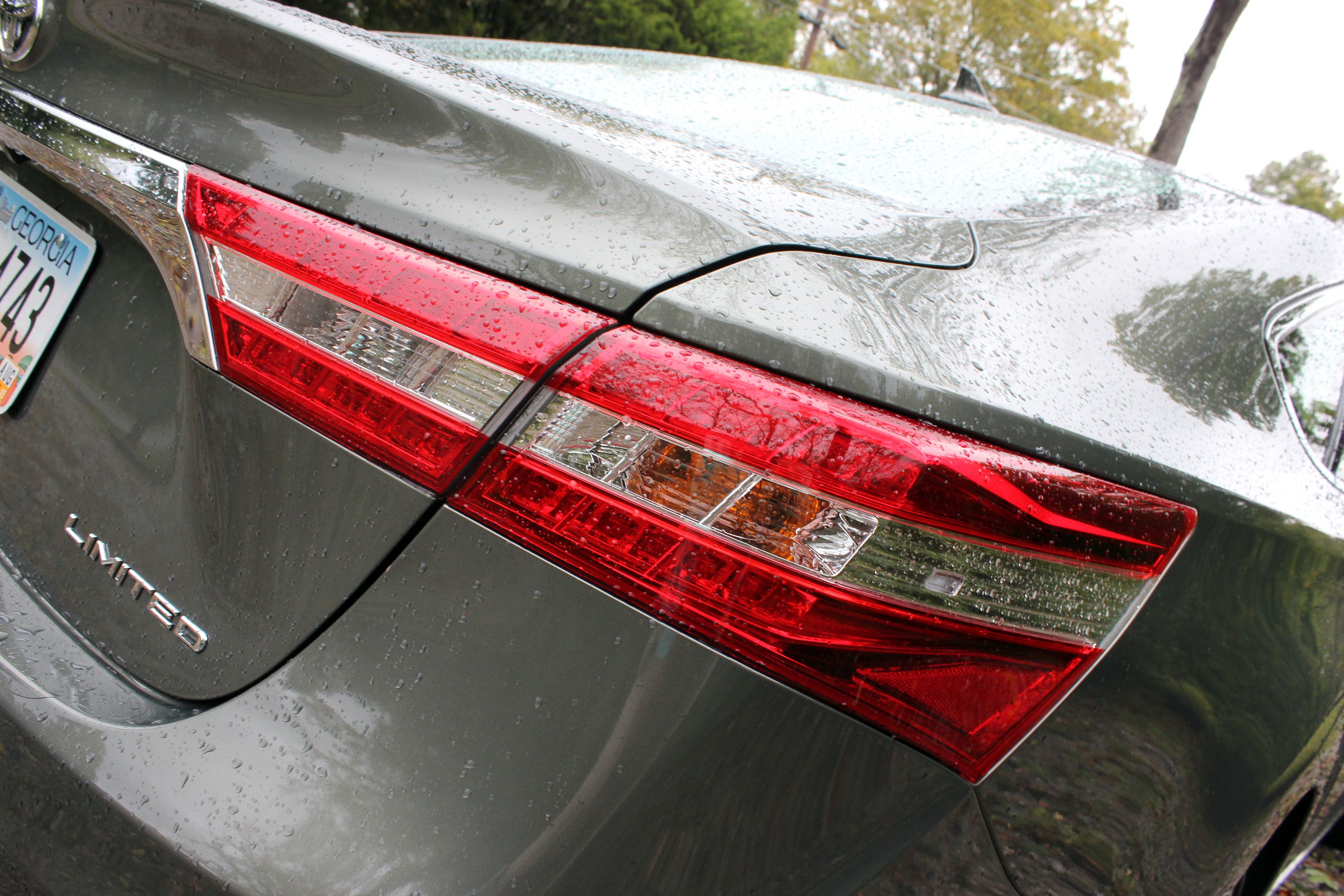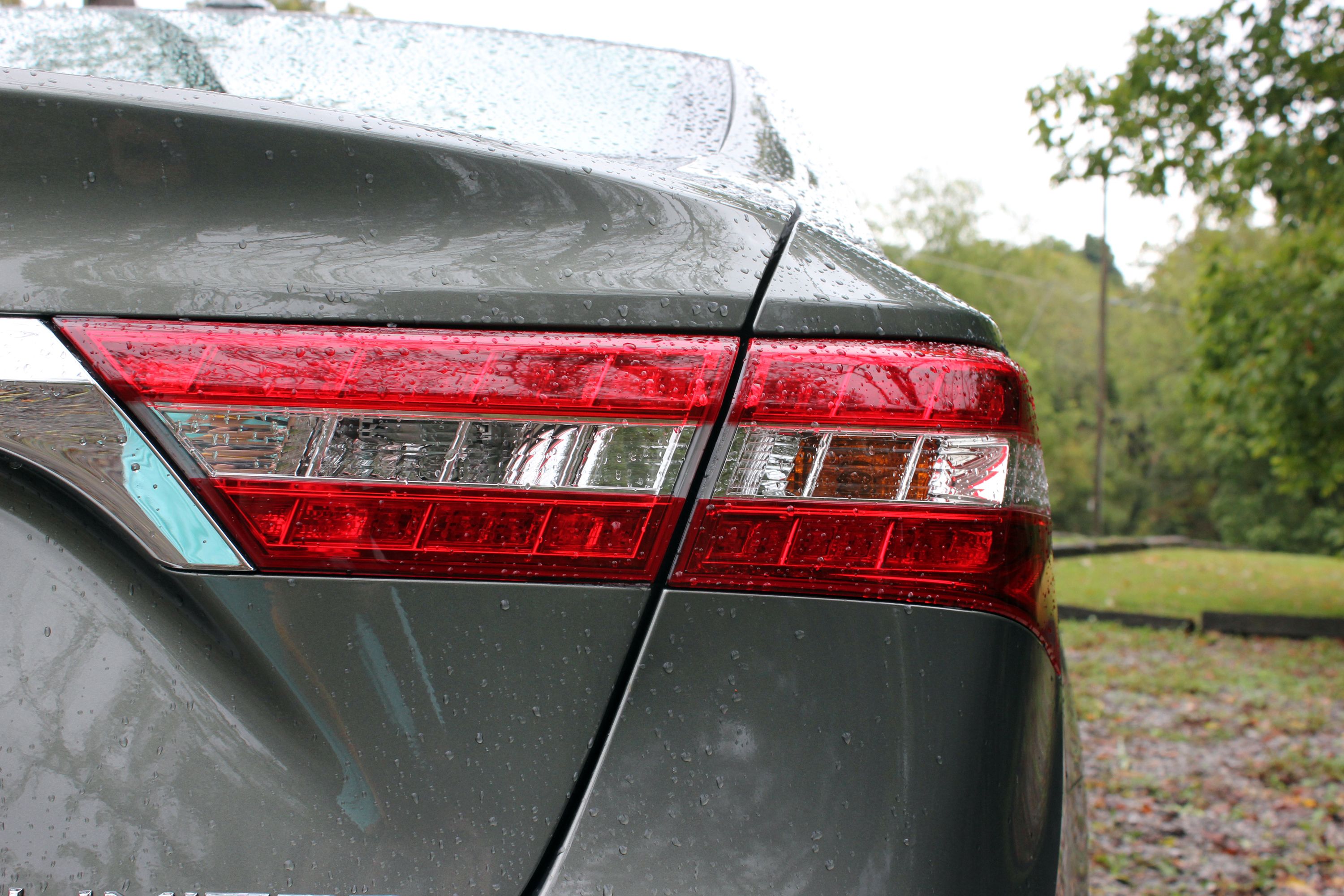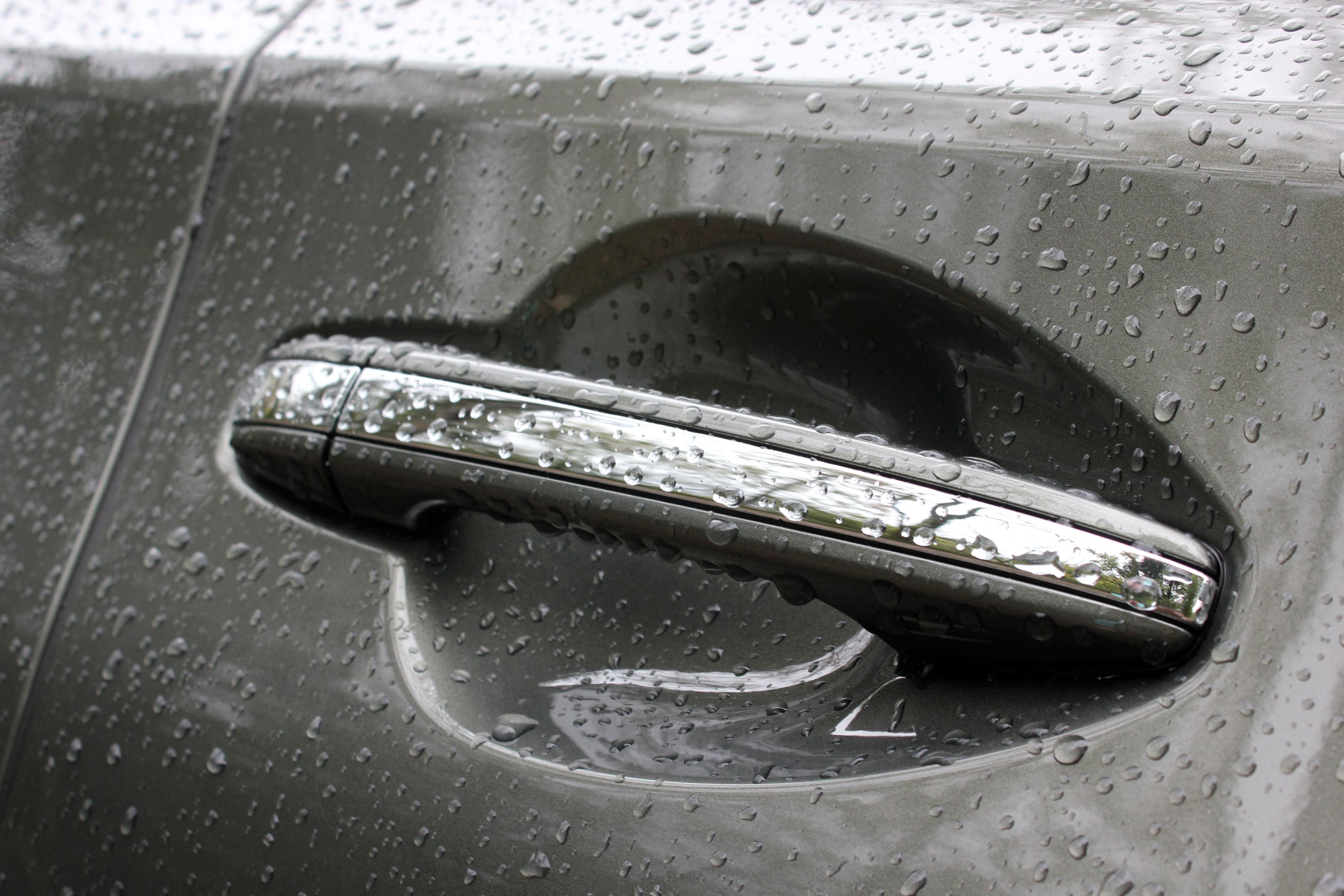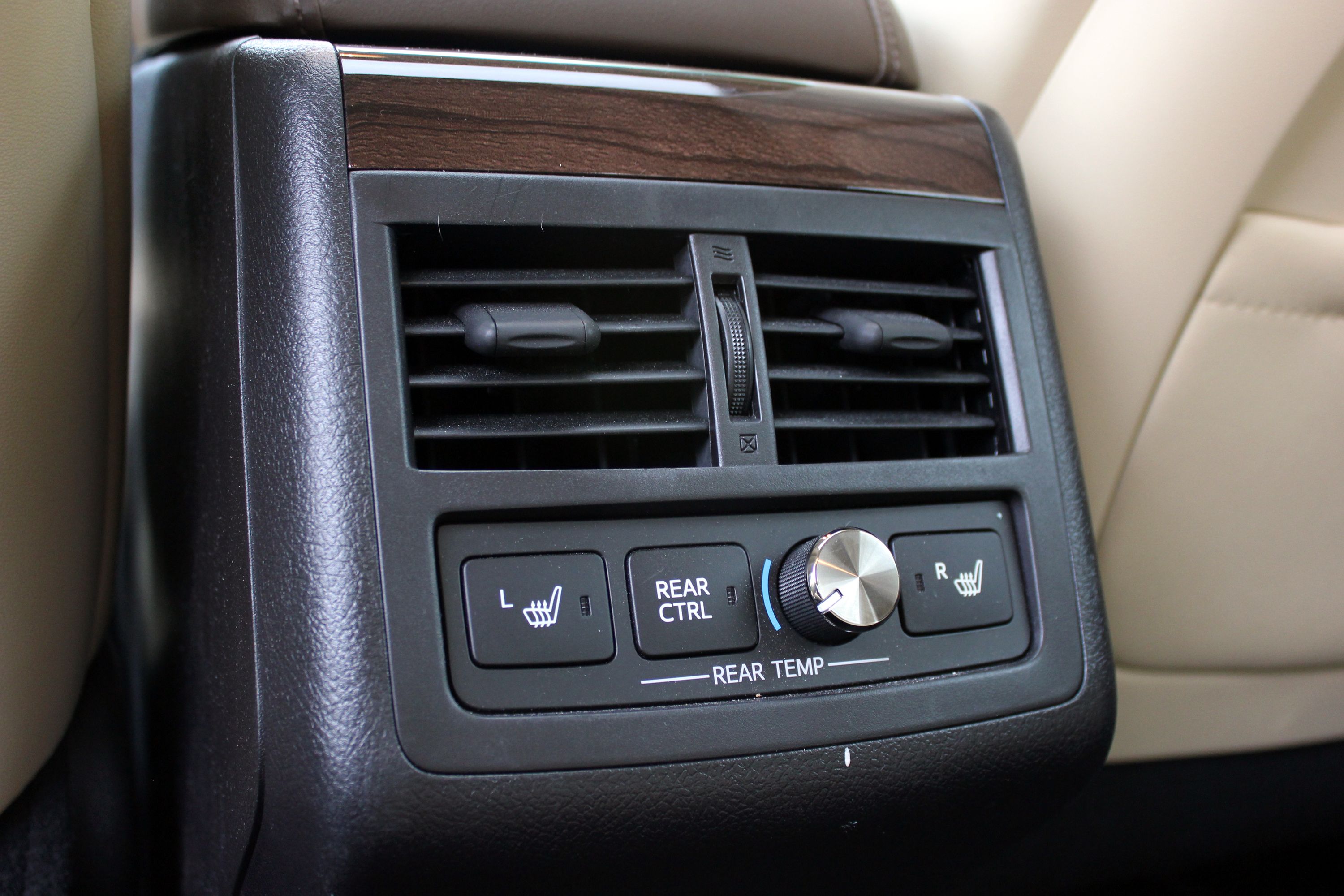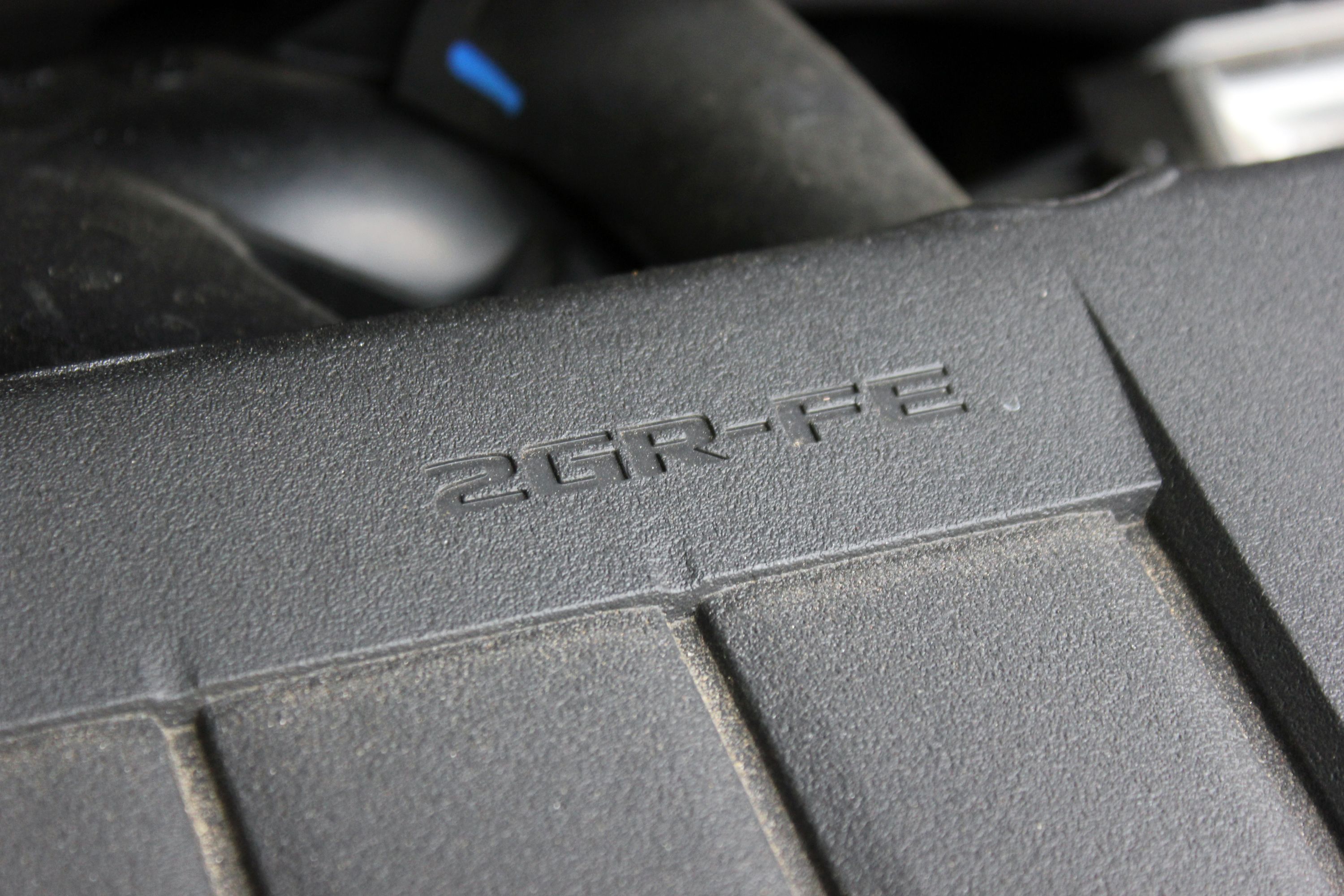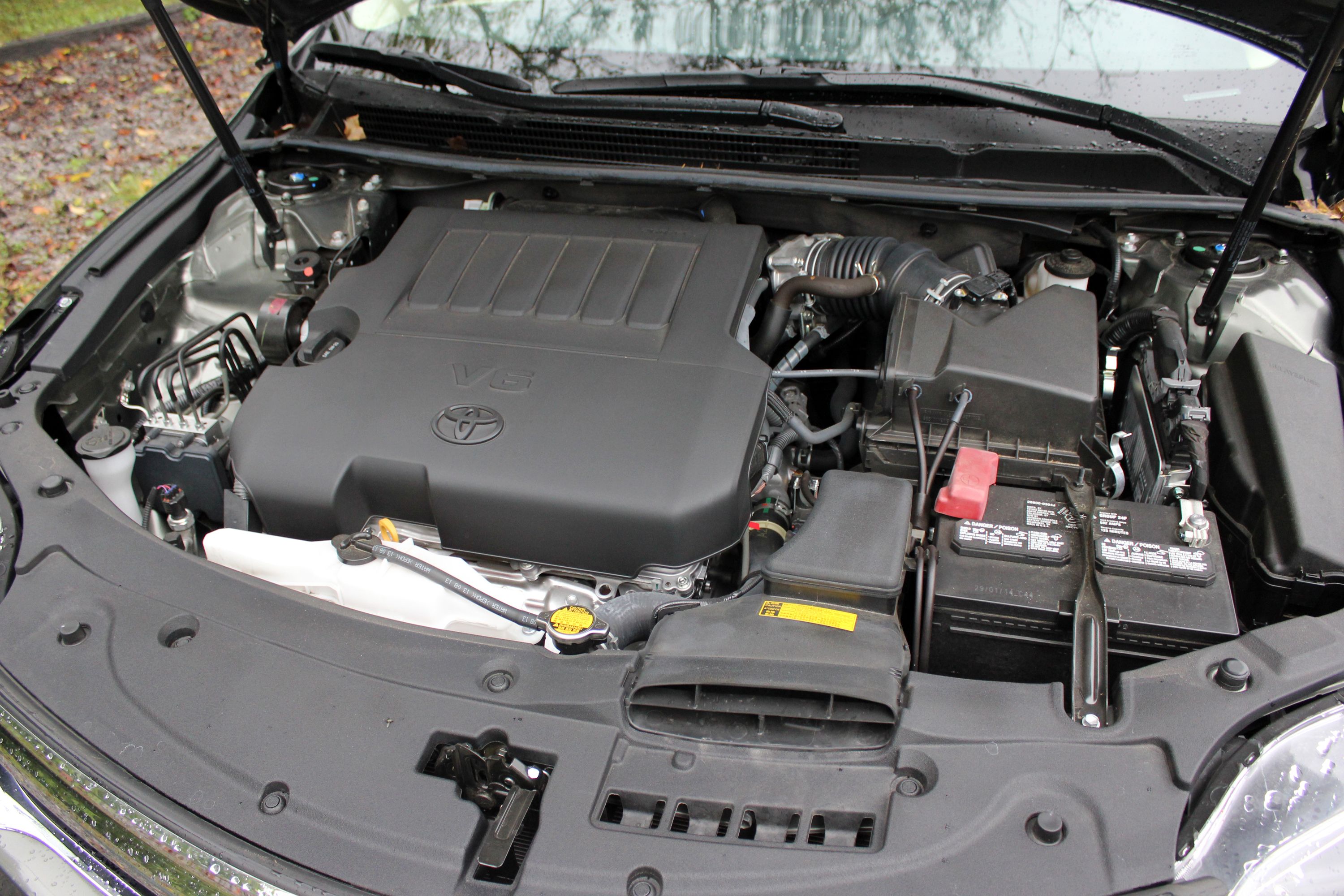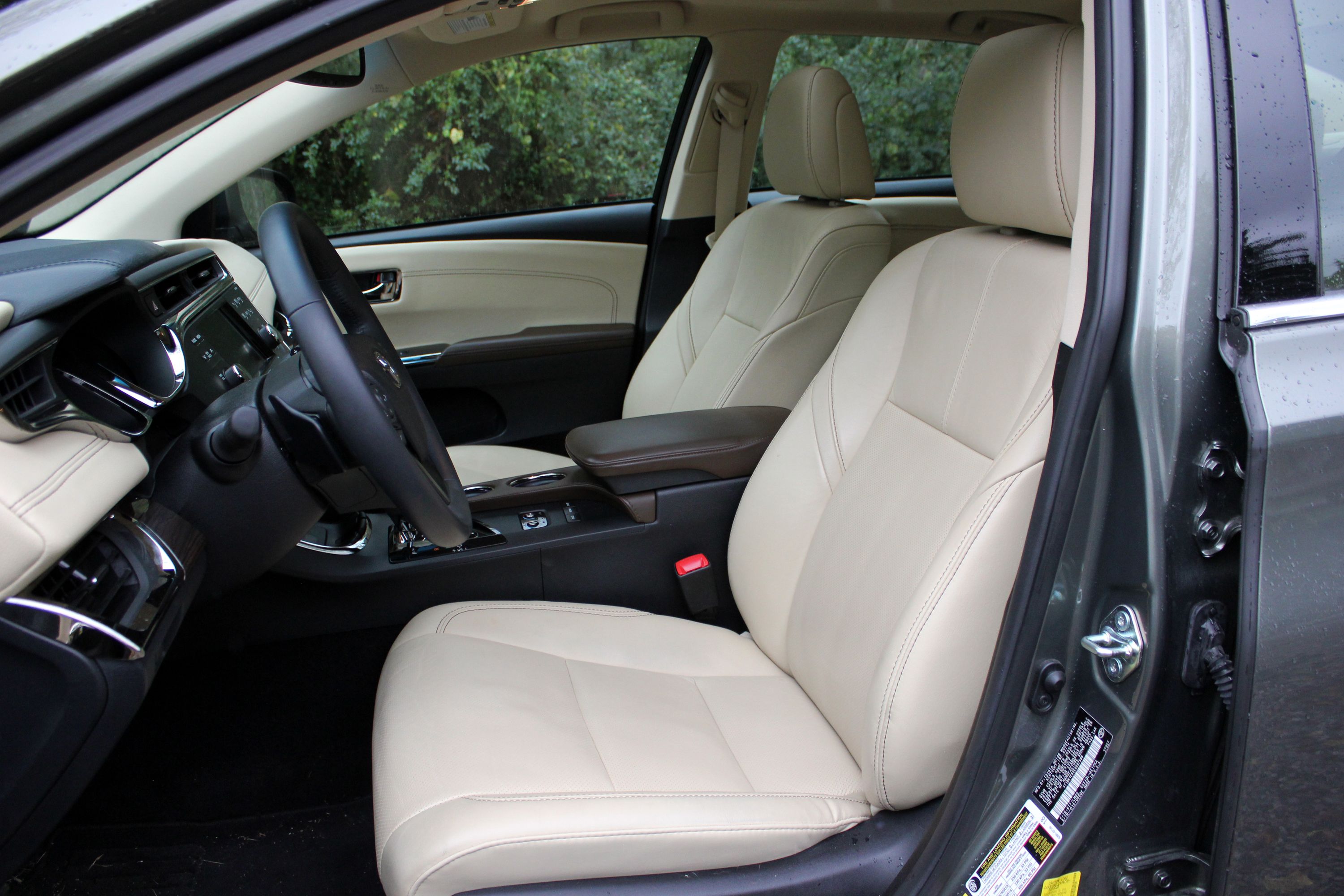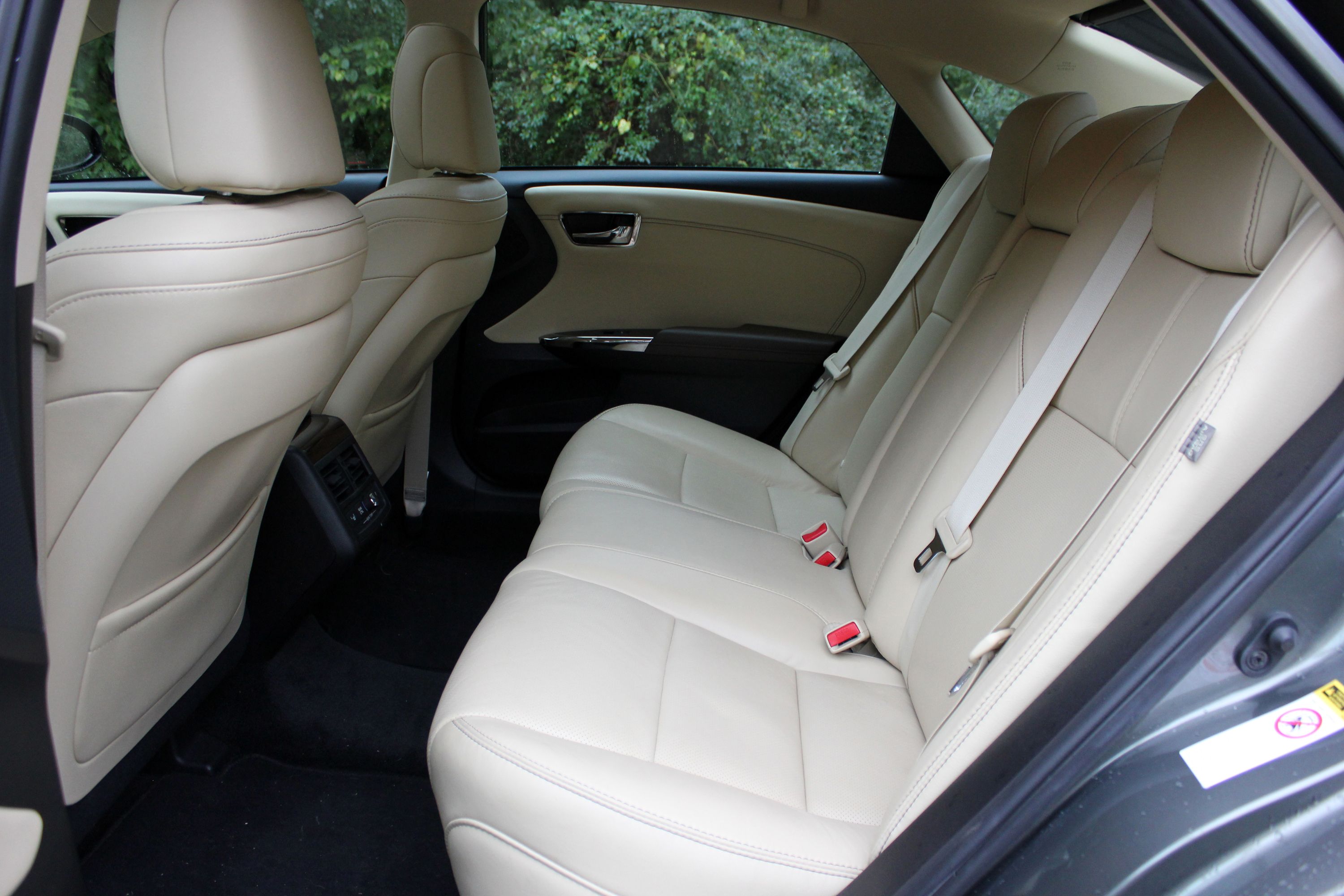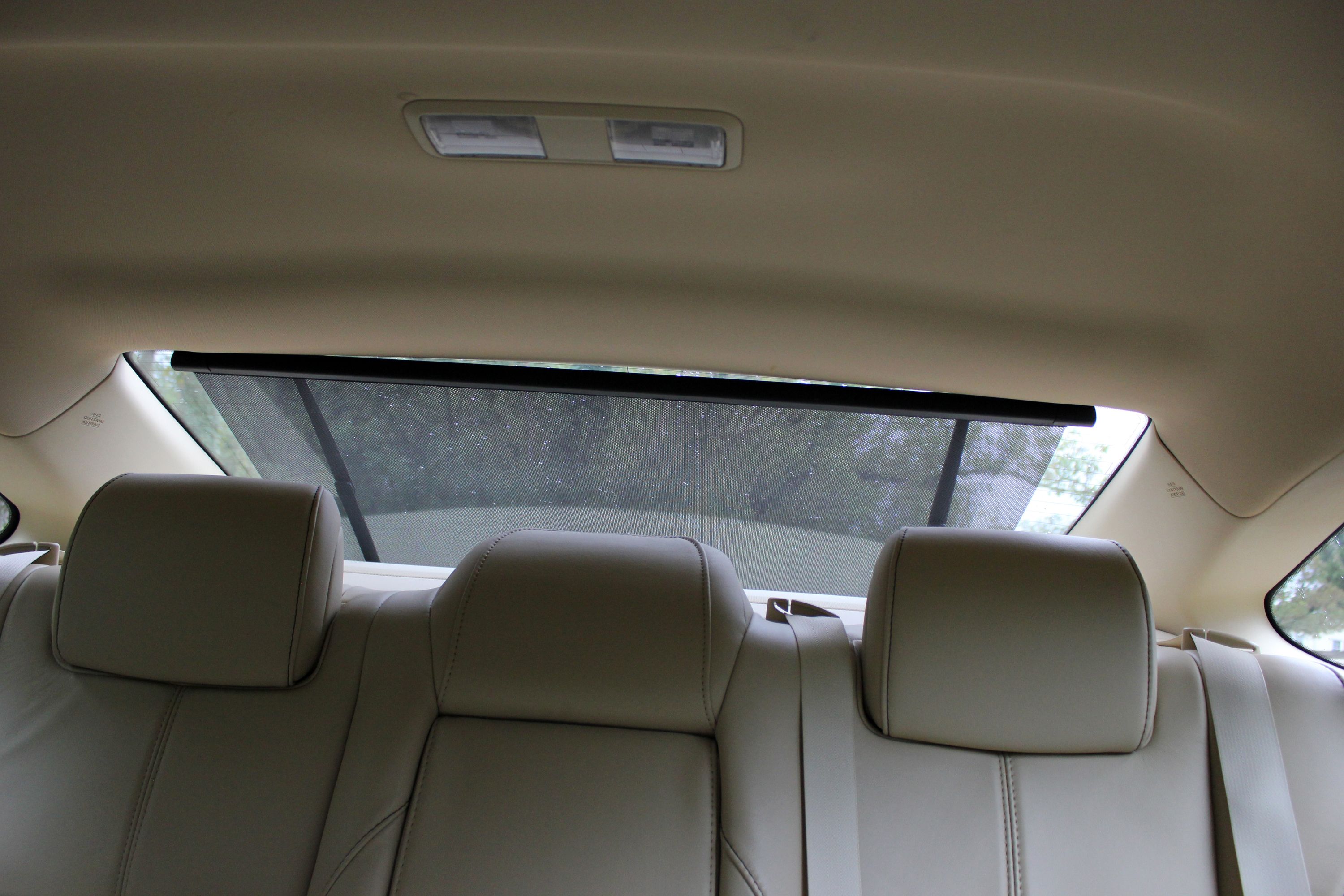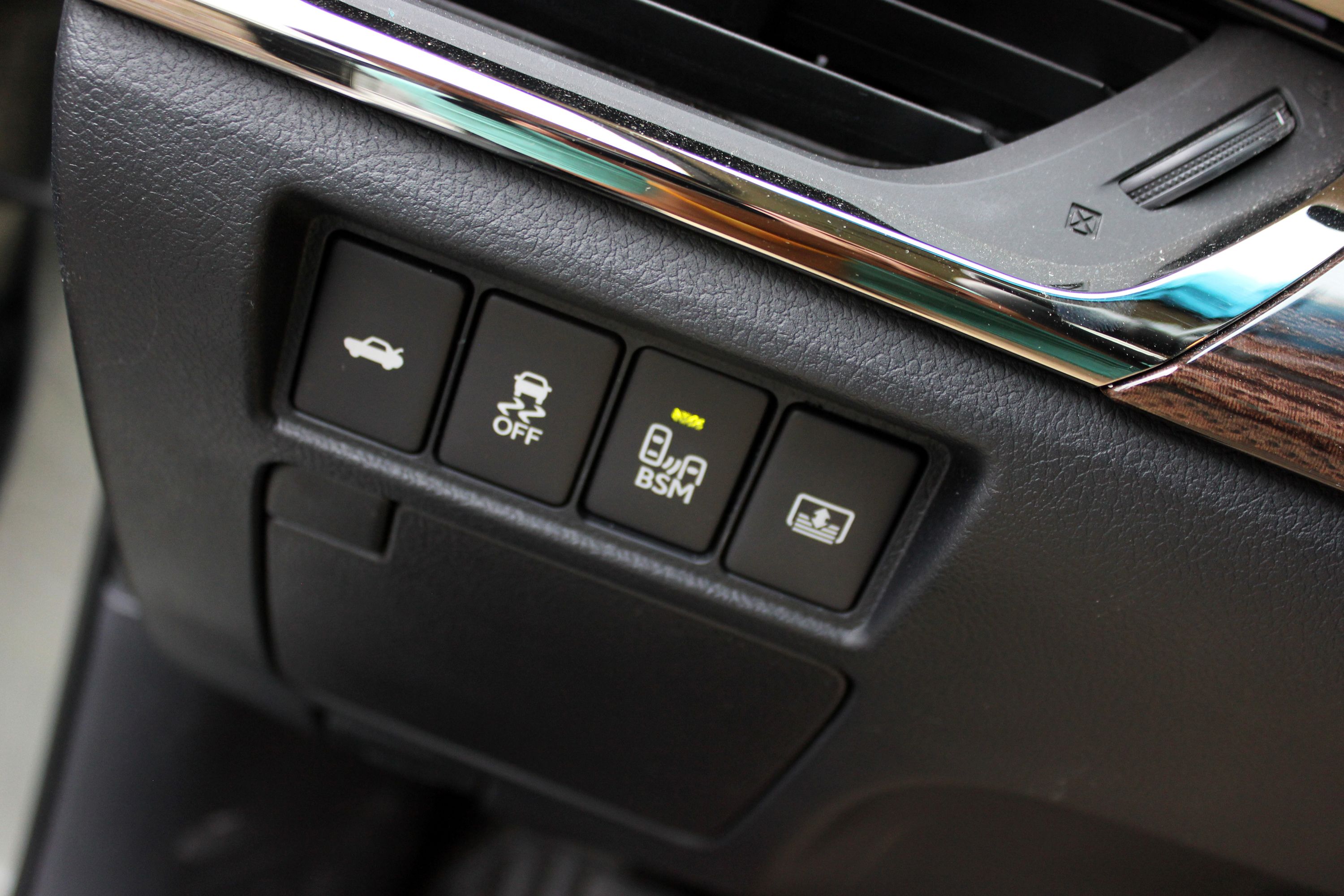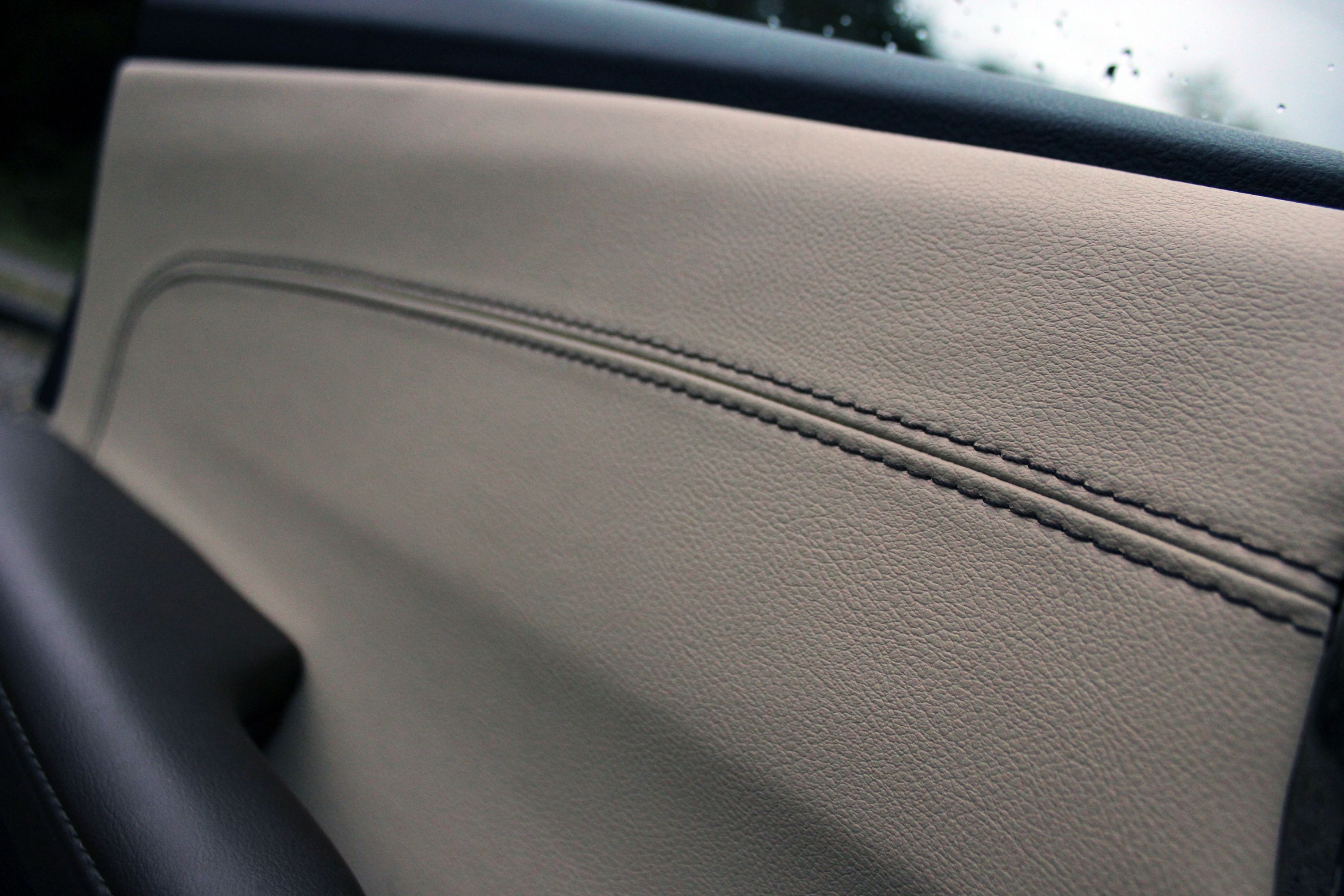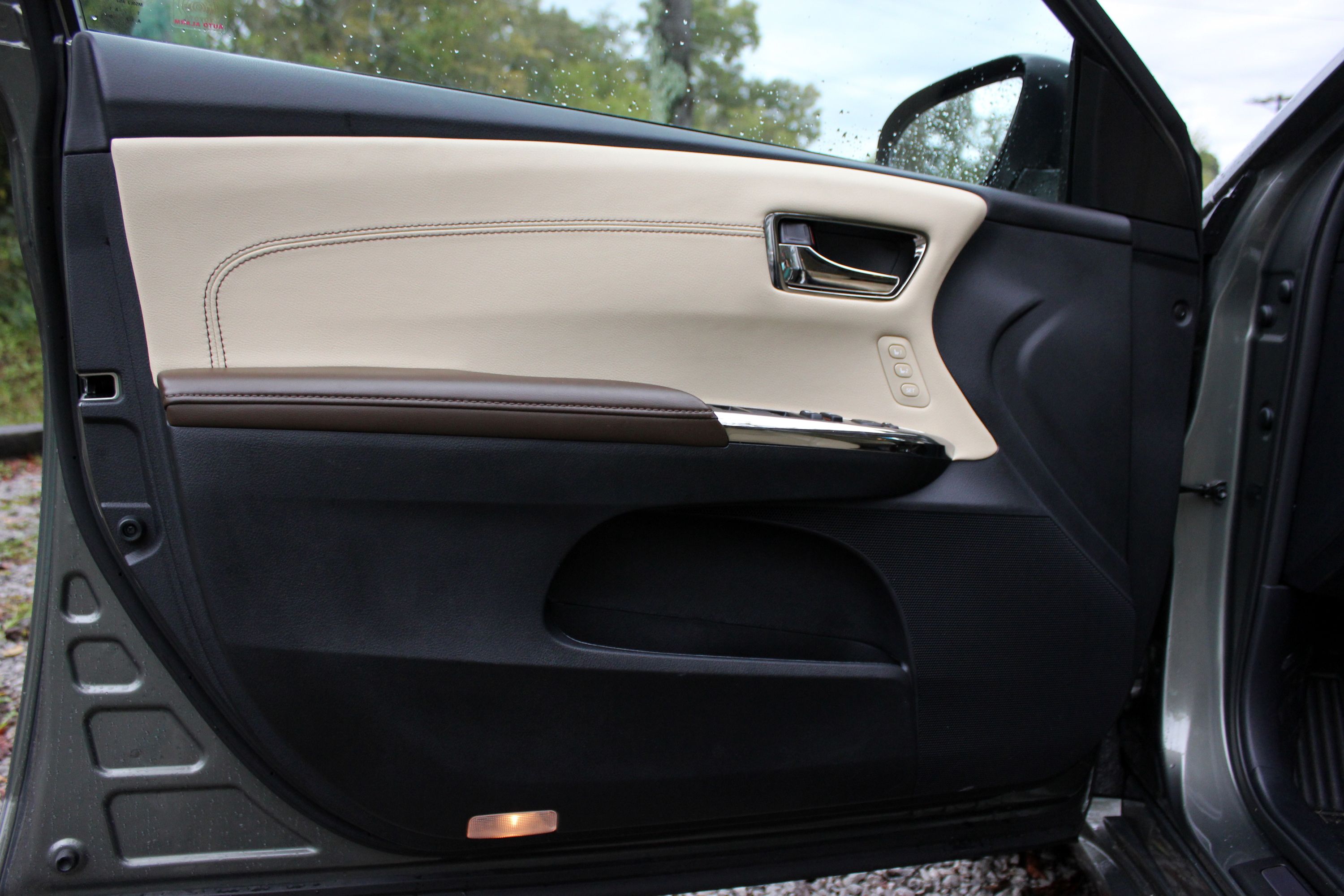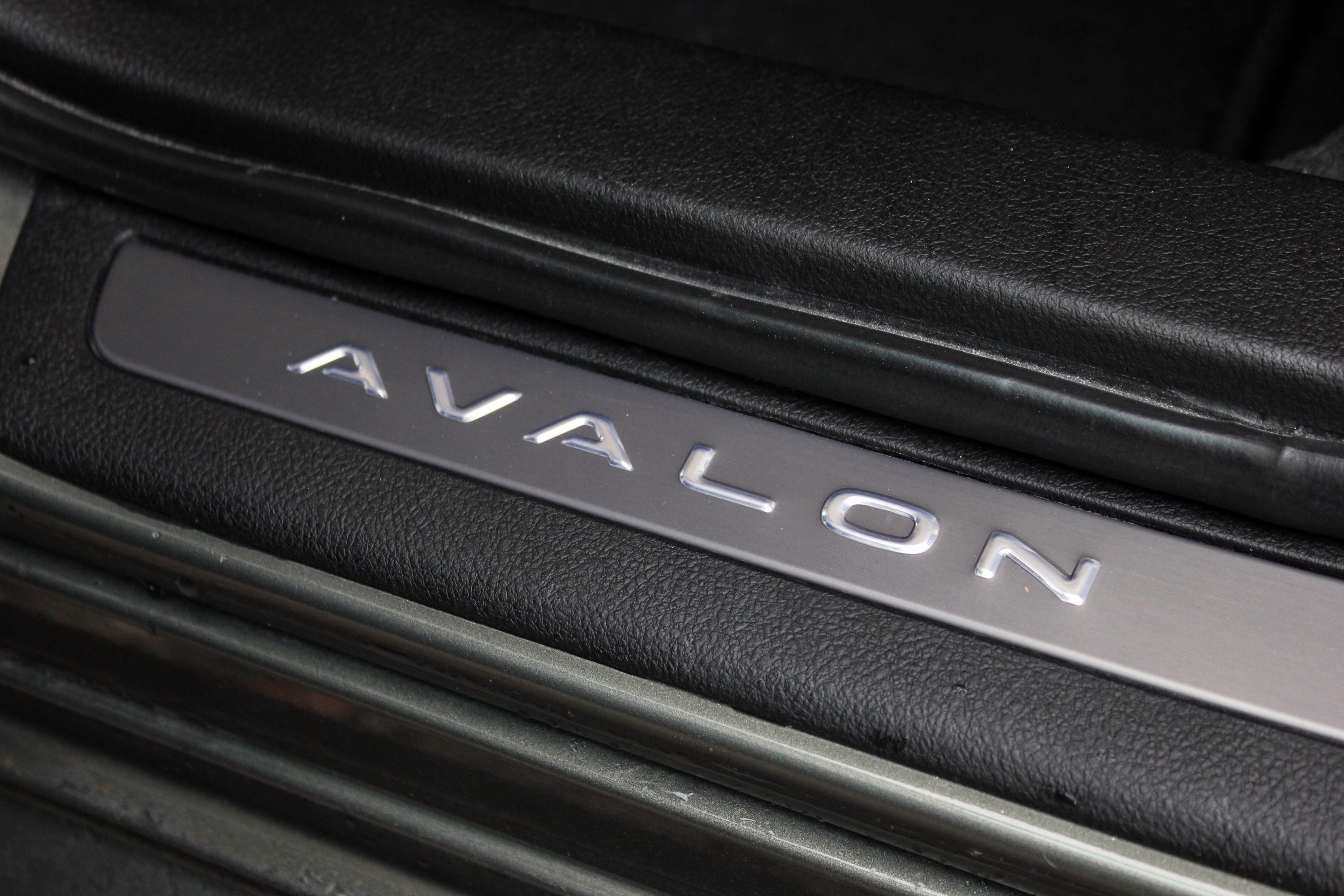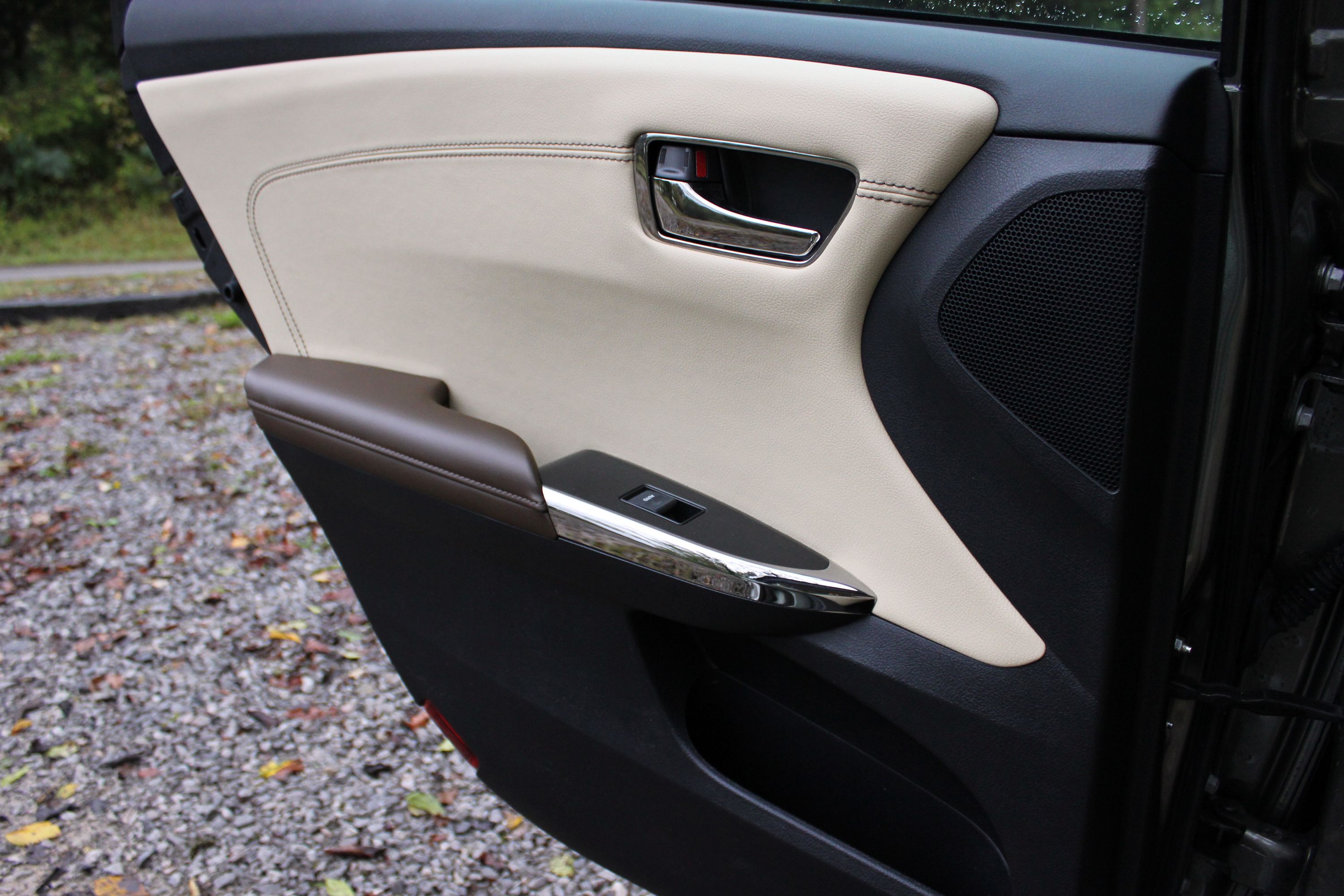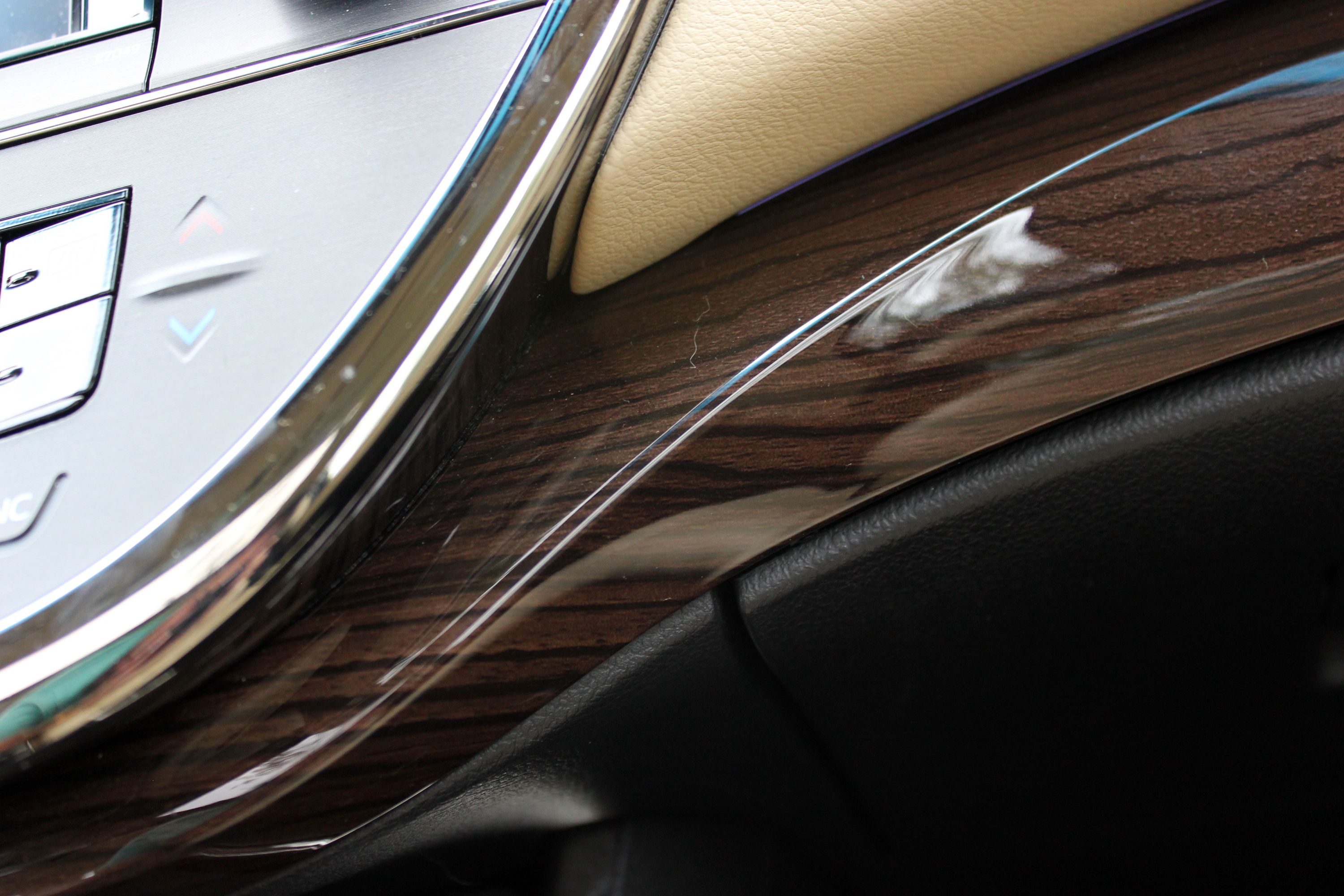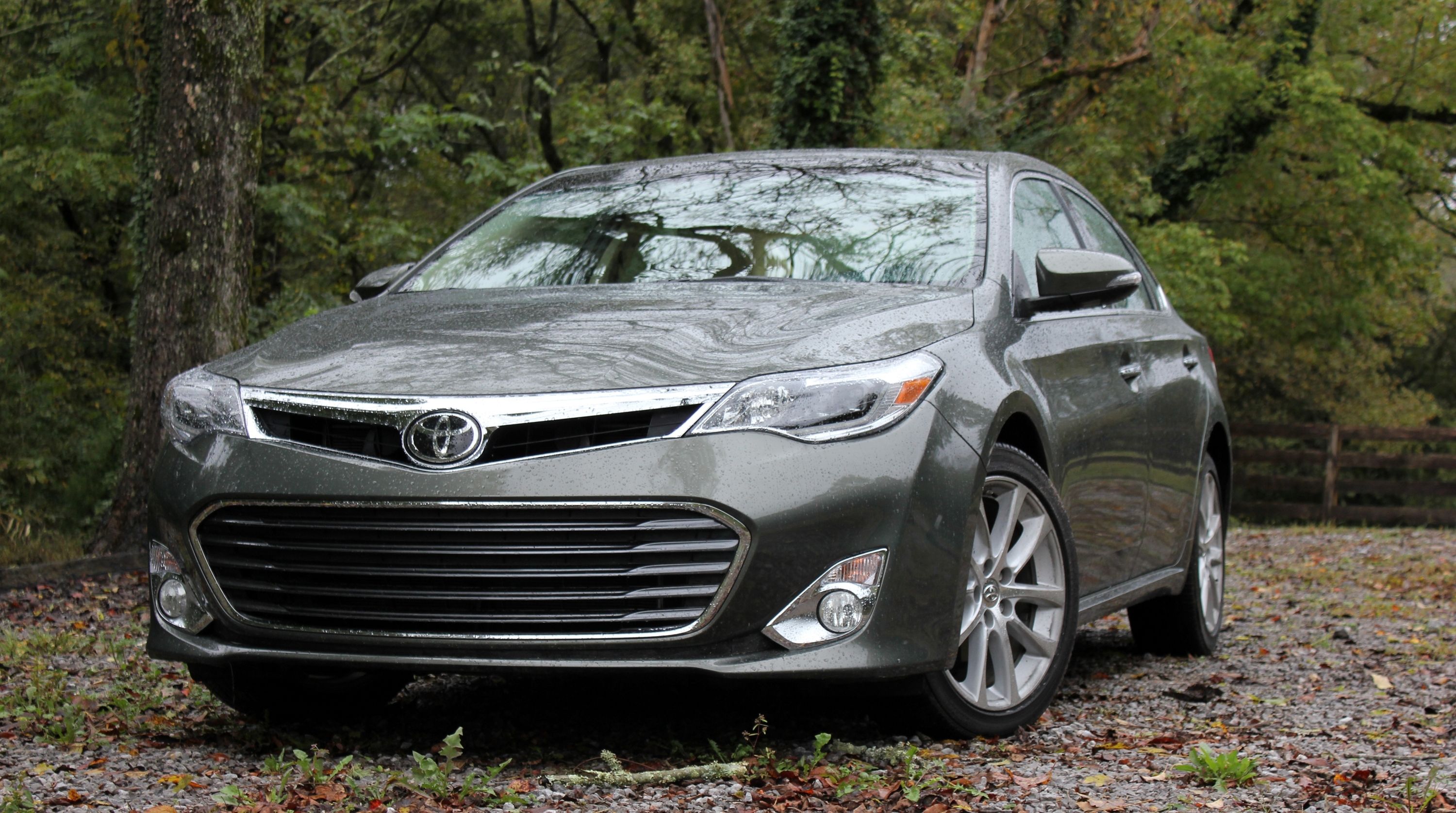While I may be the local purveyor of all things that go fast here at TopSpeed.com, I do enjoy the quiet and luxury that comes with large cars like the Toyota Avalon.->ke350 I also enjoy the advancements made in fuel economy over the last few years and get enjoyment in seeing just how high I can push that mpg gauge. Earlier this year, I was given the keys to the Avalon Hybrid for a week and I thoroughly enjoyed the machine. I felt it was quiet, luxurious and fuel economy was excellent; even if it was a little slow and I didn’t like the CVT. Cut forward a few weeks, and there is a new Toyota Avalon in my driveway, but this one is fitted with the family V-6.
That means 268 horsepower, a six-speed transmission and fuel economy that is still above 30 mpg. Would this pure petrol-powered Avalon cure my quibbles about the Hybrid’s->ke147 speed while still providing all the luxury->ke505 and features I had come to love?
That 268 horsepower told me that the best way to find out would be to drive the wheels off the car; naturally, I did my best to oblige. Read on to find out what I learned.
Click past the jump to read more.
2014 Toyota Avalon Limited - Driven
- Make: Array
- Model: 2014 Toyota Avalon Limited - Driven
- Horsepower: 268
- Torque: 248
- Transmission: 6-speed auto
- [do not use] Vehicle Model: Array
Exterior
Not much has changed in the design of the Avalon since the newest-generation car was released at the 2012 New York Auto Show. The overall look is one of understated luxury. The nose is punctuated by a bold grille and chrome treatments. Sharp body lines flow outward from this point and move smoothly down the length of the car.
When compared to the Hybrid I drove, there is very little visually to discern to the two cars apart from badges. A close eye will notice that the Hybrid rolls on a different set of alloy wheels that are 17 inches versus 18s on this unit, and the gasoline car has large, dual-exhaust outlets to the Hybrid’s one small exit.
Interior
The inside of the Avalon is properly luxurious. This version is the Limited trim, so I have every nicety Toyota can throw at it. I have leather seats that are heated and ventilated, wireless phone charging, satellite navigation, SiriusXM radio, Toyota Entune app suite, a sunroof, three-zone climate control, power rear sunshade and heated rear seats. And that was just what I could remember without looking at the window sticker. This thing is every bit as luxurious as the Lexus ES it shares a platform with.
Thanks to seats that are adjustable in multiple directions, as well as a wheel that tilts and telescopes, it is easy to find a good driving position, and most of the controls are easy to reach and operate. I still dislike the touch based HVAC controls, but at least I still have a real knob for stereo volume. Toyota’s Entune system may be one of the better integrations on the market for a smart and app-based ecosystem in a car, but I still hate how dated and behind the times it feels when compared to any modern interface on a phone or tablet.
Drivetrain
The drivetrain is the biggest departure from my previous experience with the Toyota Avalon. Rather than a 2.5-liter motor and a pile of batteries, this Avalon Limited is exclusively petrol powered, and it makes use of the family 3.5-liter V-6. That means that there is a full 268 horsepower and 248 pound-feet of twist at the command of my right foot. Getting this power to the ground is a true six-speed automatic transmission. No CVT or rubber-banding here.
There is a trio of buttons allowing for a choice between Sport, Normal and Eco modes. The three of them essentially just change shift points and throttle responsiveness without altering much else. Just like the hybrid, all that horsepower gets sent exclusively to the front wheels.
Fuel economy is rated at 21 city, 31 highway and 24 combined, and after 500 miles of mostly highway driving, I came in just under that 30-mpg mark.
Pricing
The price for a new Toyota Avalon starts at $31,340 for a base XLE and goes up from there. Our Limited trim carried a base price of $39,650, but a few options like the Technology Package that added the smart cruise control and the automatic high-beams, coupled with the destination charges pushed our final as-tested price to $42,785. That makes it only about $1800 cheaper than the Hybrid, and that is a problem.
Driving Impressions
Considering the large power upgrade over the hybrid, I expected this Avalon to be a much better driver that the battery-equipped model I had a few weeks prior. When taking off from a dead stop and hammering the machine for all it had, it was noticeably quicker than the eco-friendly version. Strangely, that was the only part of the driving experience that I found to be better.
The most noticeable difference between the two cars is in the handling department. Without the added batteries under the back seat, the petrol-only Avalon feels extremely nose-heavy and wayward, quickly sapping my confidence in the corners. At every turn you are acutely aware of how much weight resides in the nose, and it gives the car a strange, almost darty handling dynamic. The steering is also lighter and less direct than I remember it being in the Hybrid.
Even speed feels slightly compromised. With all that electric torque available early in the rev band, the hybrid feels more responsive in traffic and during slower speed driving.
All said, the gasoline Avalon is still incredibly comfortable and capable as a cruiser, but with a 10-mpg deficit to the Hybrid, and a cost savings of only $1,800, it is hard to recommend the V-6.
Competitors
Chrysler 300
America’s entry into the large luxury sedan market has been met with fairly universal praise and excitement. Available with RWD or AWD, V-6 or V-8 engines, and tons of optional equipment, it is easy to get a 300 that suits your exact tastes. If you choose the lowest level model, you still get 292 horsepower thanks to a 3.5-liter, V-6 engine, and with RWD it feels like a proper luxury machine.
That said, having driven rear wheels can severely compromise your performance in foul weather, and choosing the AWD options adds weight, cost and reduces fuel economy. Still, if you want something that is a little out of the ordinary, the 300 makes a bold visual statement, and is a bit quicker than the Avalon too.
Buick LaCrosse
The Buick name used to conjure forth bouts of snickering and derisive comments from most auto enthusiasts, but the new Buick LaCrosse is quite a competent performer. It comes with class exclusive standard features like 4G Wi-Fi functionality and there is a 304-horsepower V-6 under the hood. Like the Avalon, it sends power to the front wheels, but there is an AWD option available.
That extra horsepower comes with a hit to fuel economy though, and ordering an equivalently equipped LaCrosse will run you about $1,000, or so, more than the Avalon. If you prefer a bolder exterior style, or that horsepower number really matters to you, the Buick LaCrosse is a good choice. If you want the Buick, but want more fuel economy, there is a light-hybrid version dubbed E-Assist that delivers up to 36 mpg on the highway.
Conclusion
The Avalon is an incredible highway companion regardless what model you buy. The interior is on par with the comparable Lexus, the styling is the best it has been in years, and the level of available equipment is impressive. That said, the V-6 model is not markedly better to drive than the Hybrid model, and it isn’t that much cheaper either. When you add in the fact that the Hybrid model holds a 30-percent fuel-economy advantage, that price advantage almost disappears. The V-6 Avalon is a great car, but the Hybrid model is better in almost every way. If you want a large, comfortable car, the Avalon is one of the best choices on the market, just make sure you order it with the batteries in the back.


